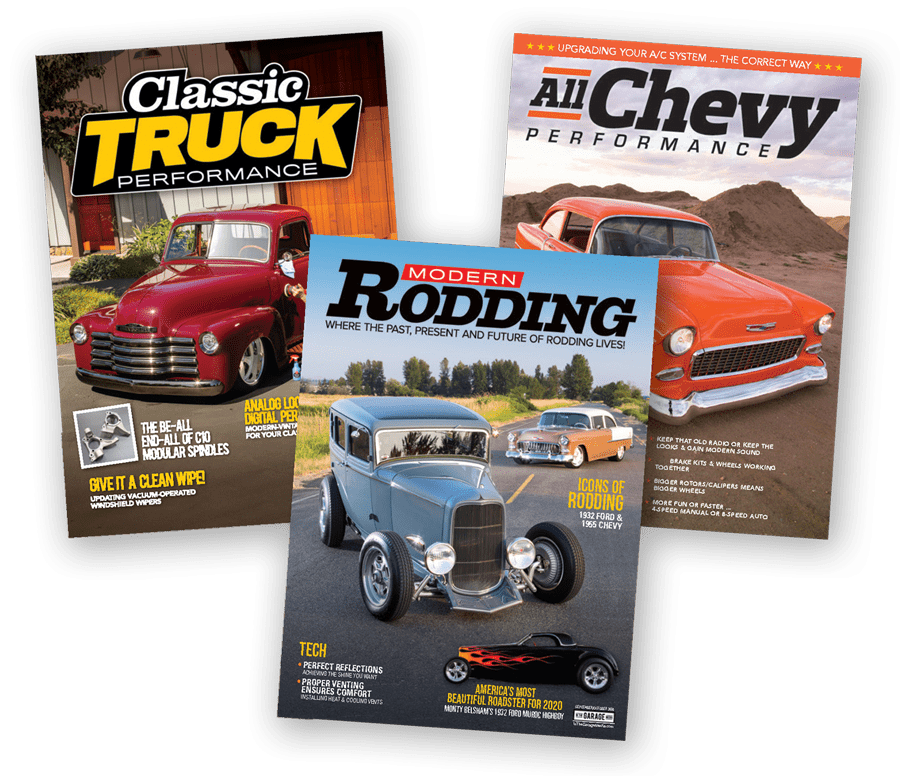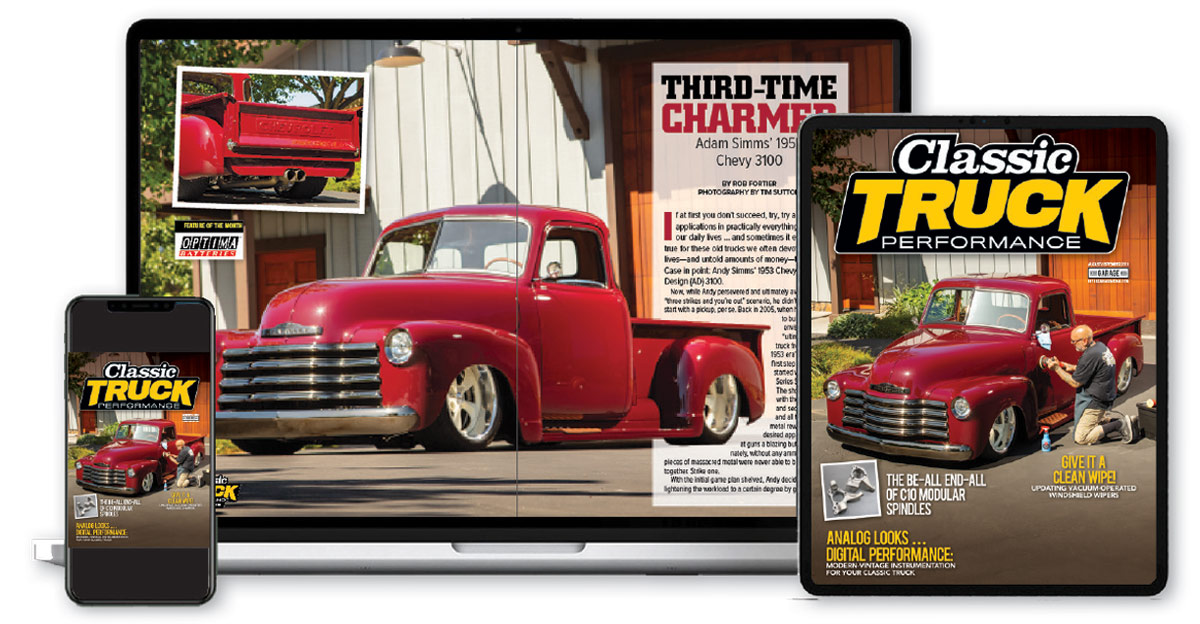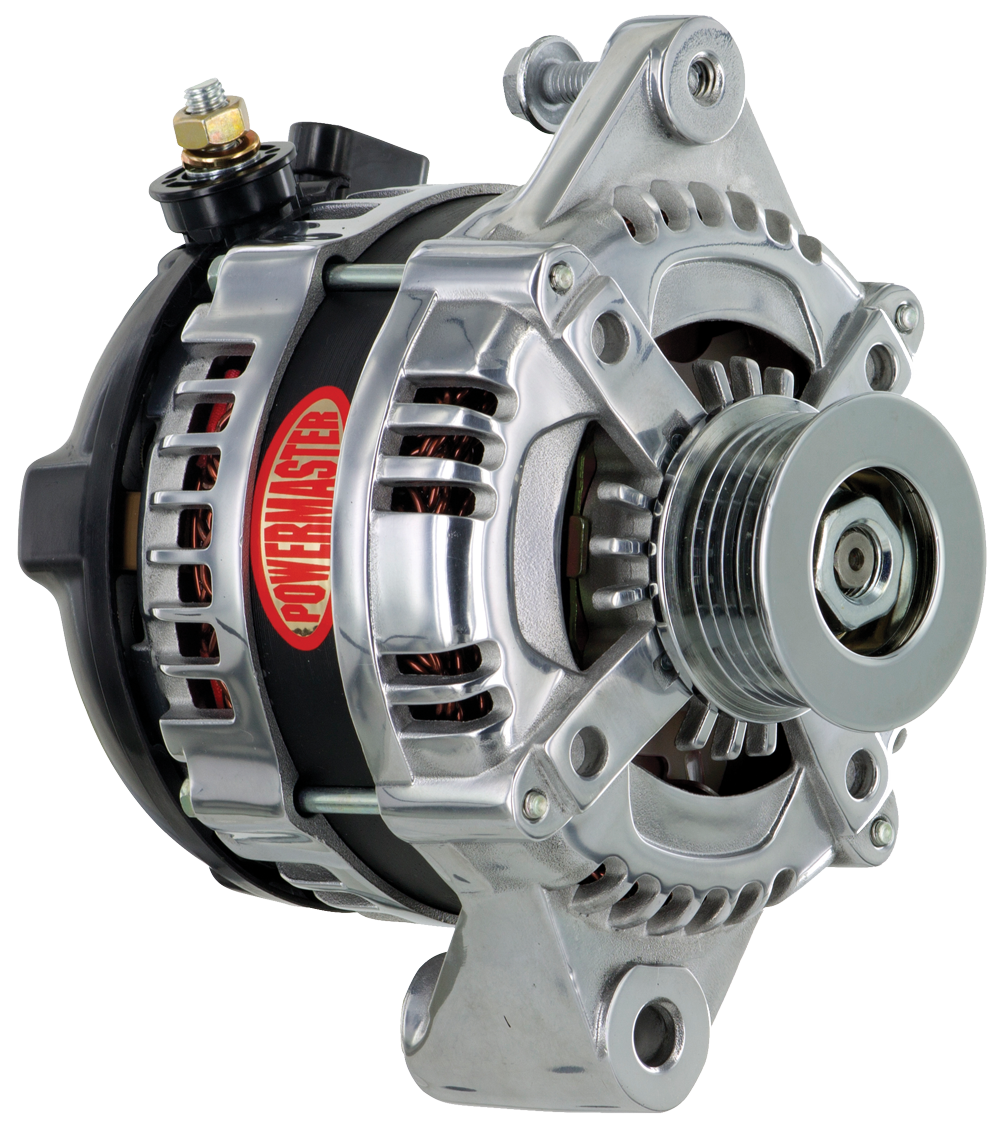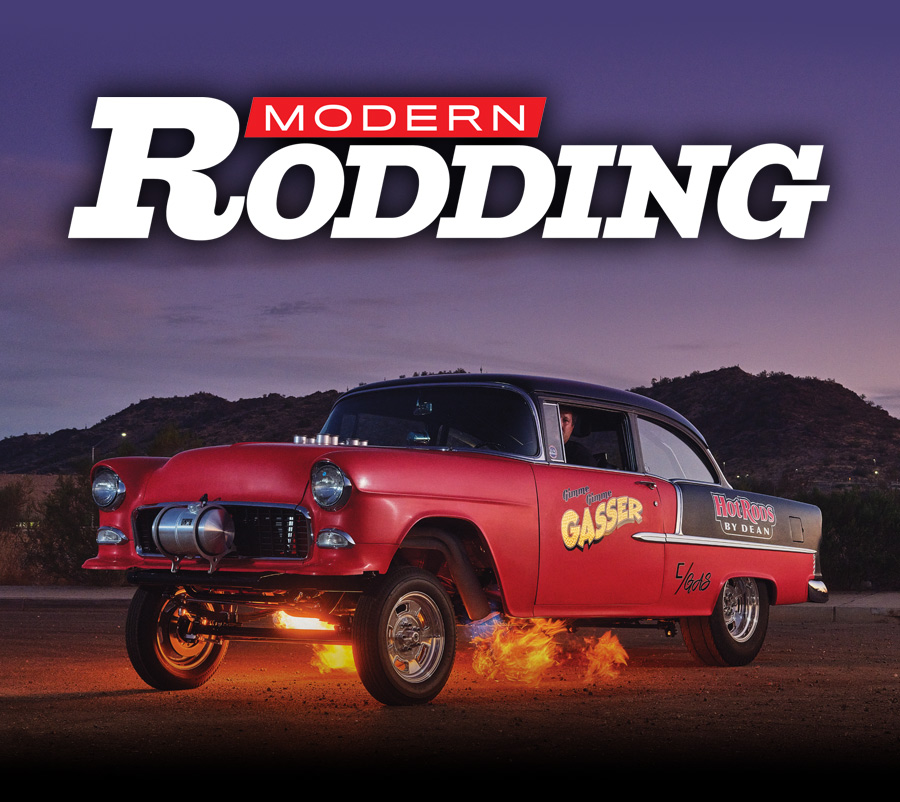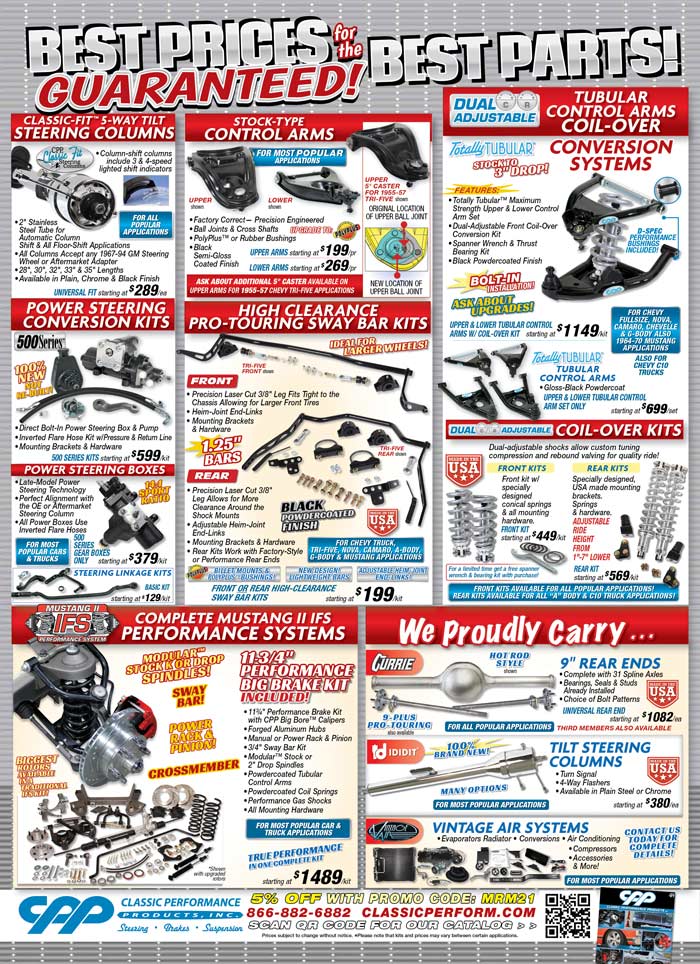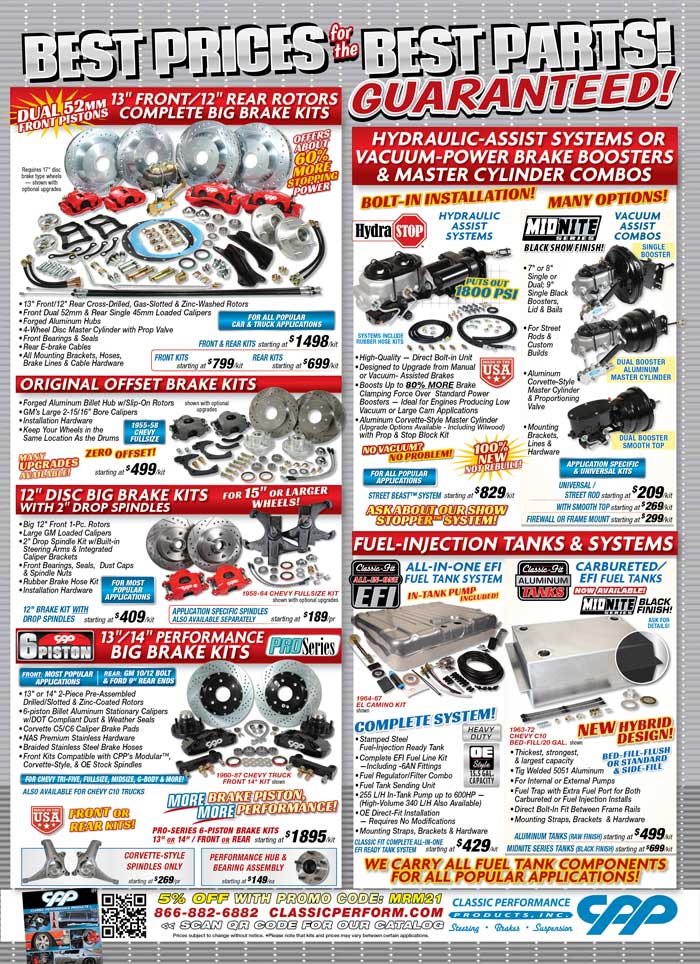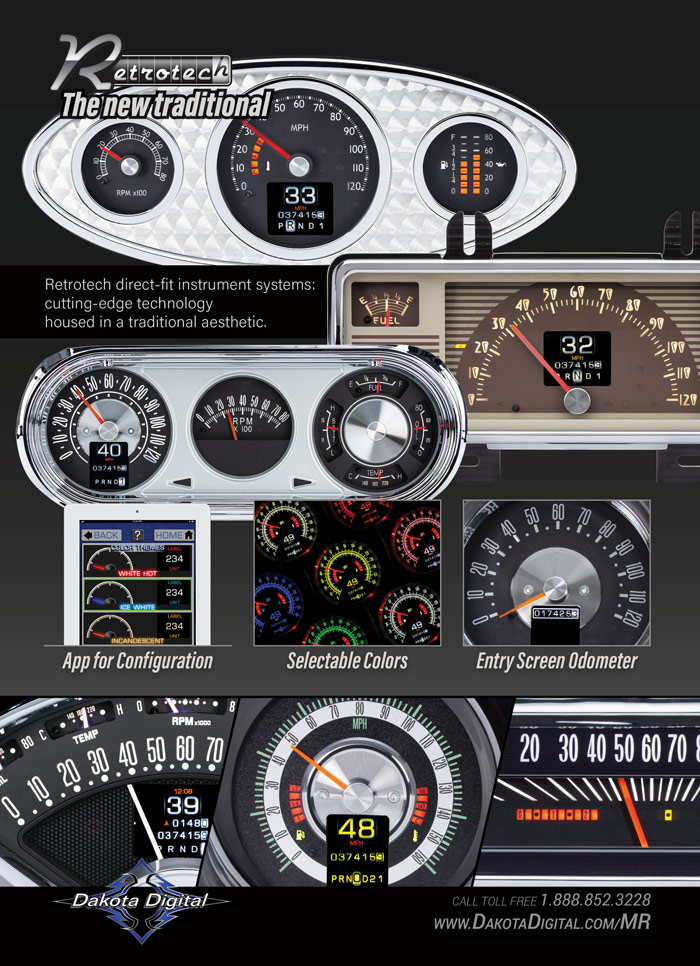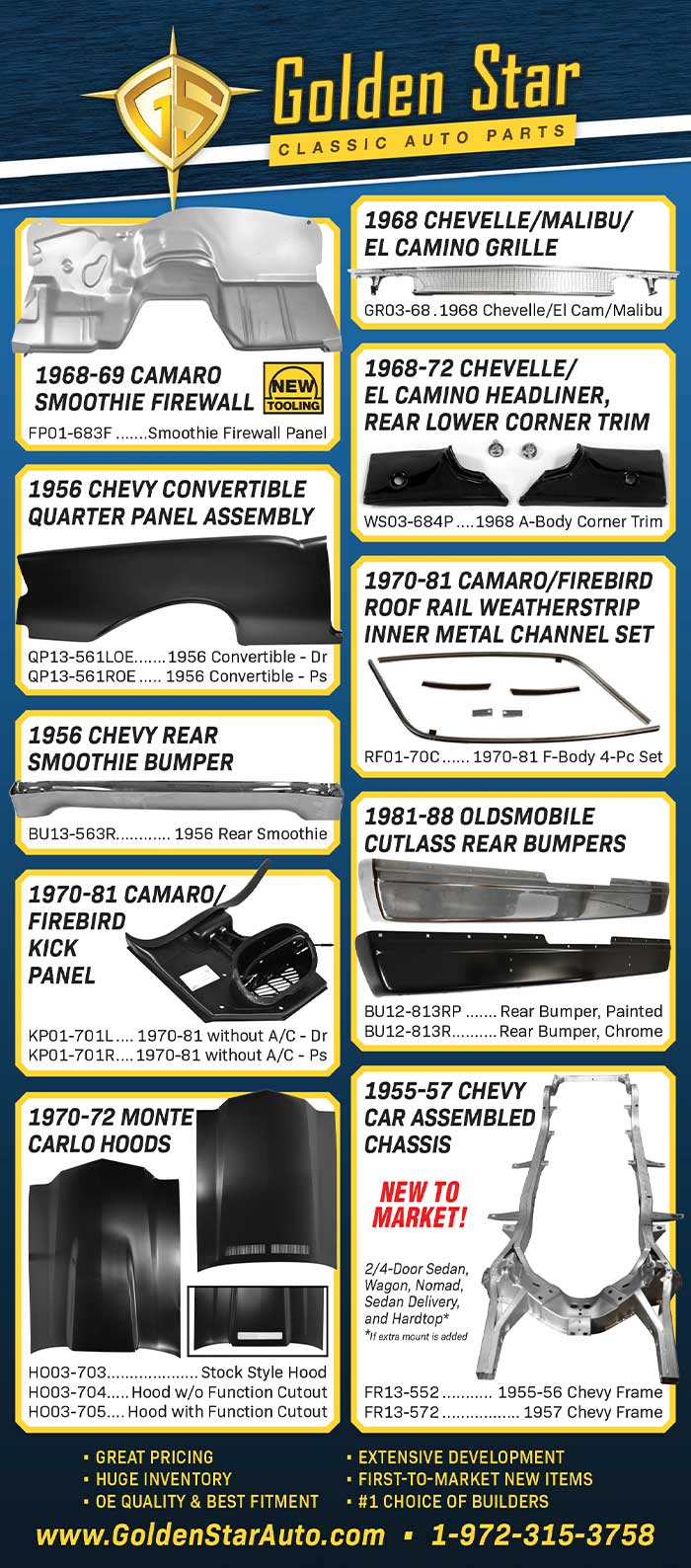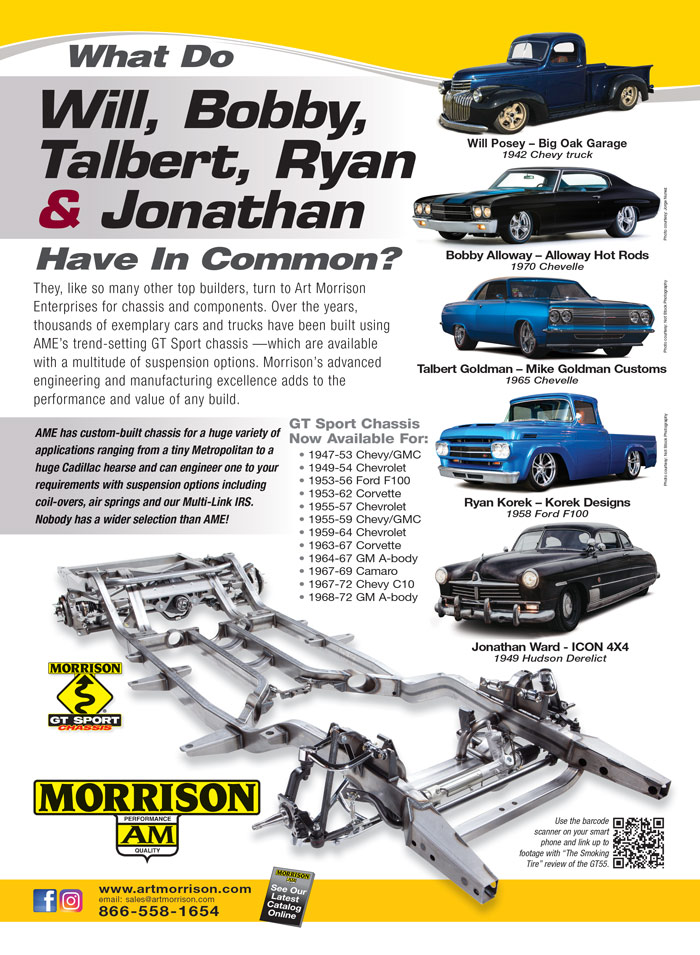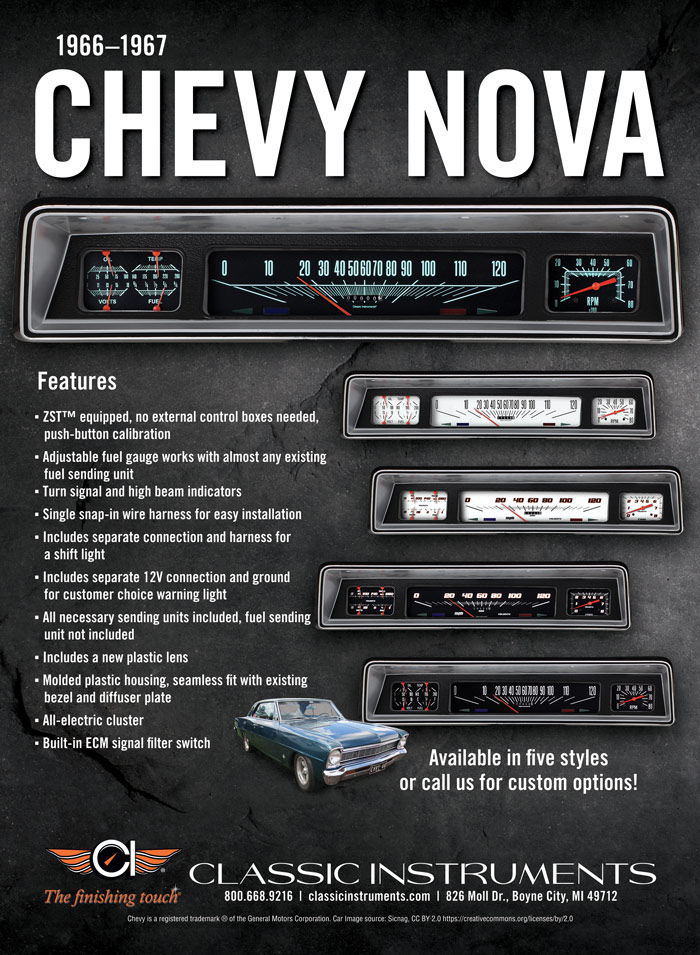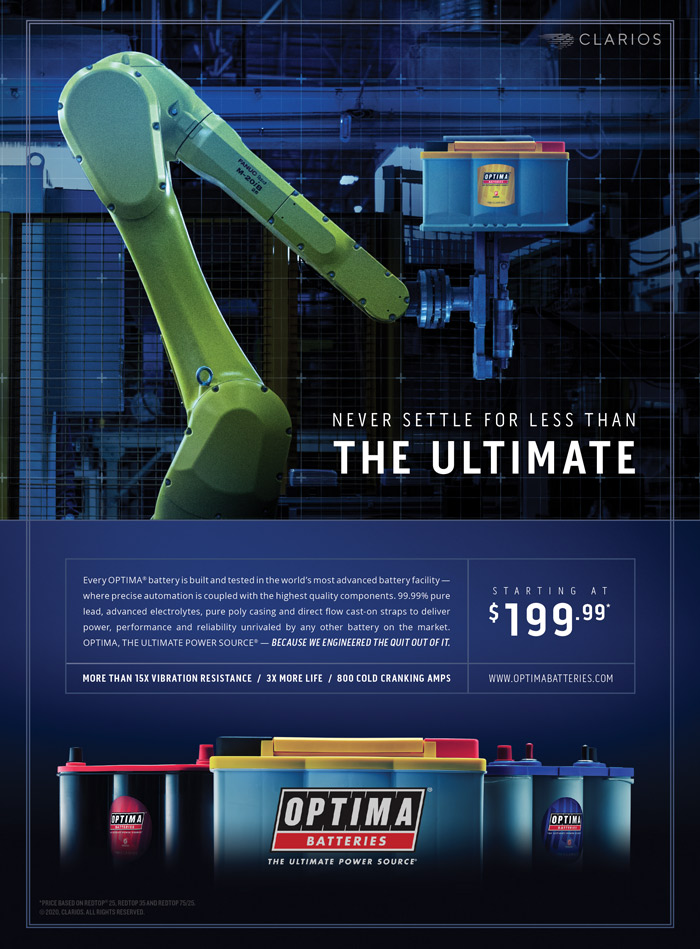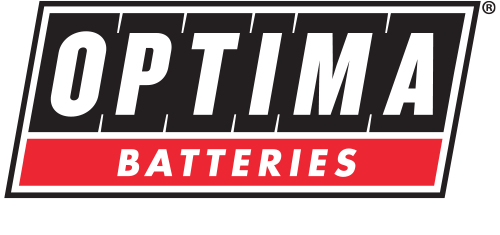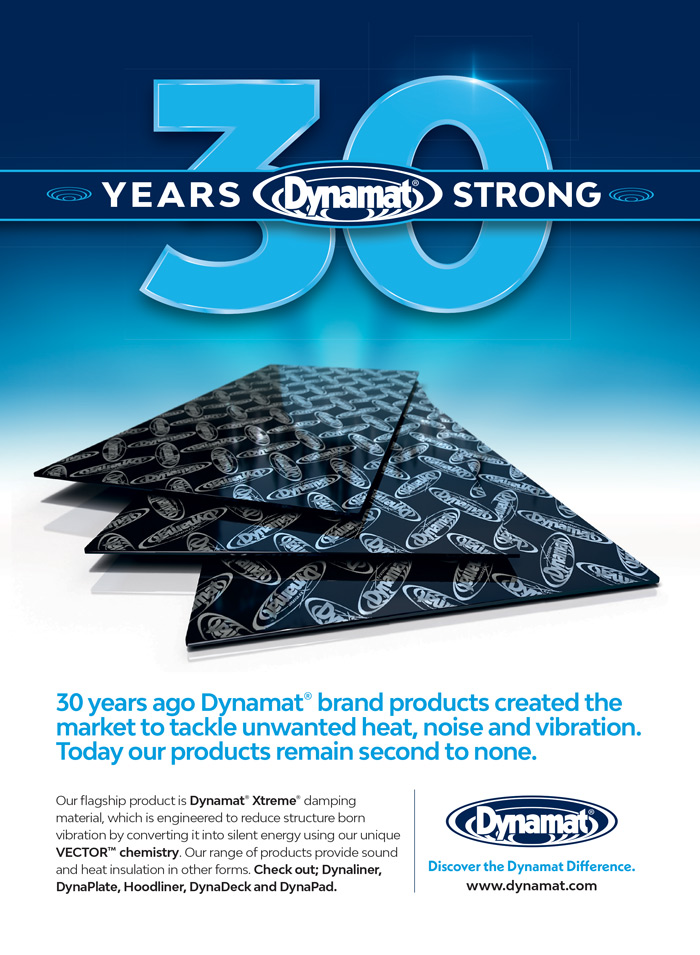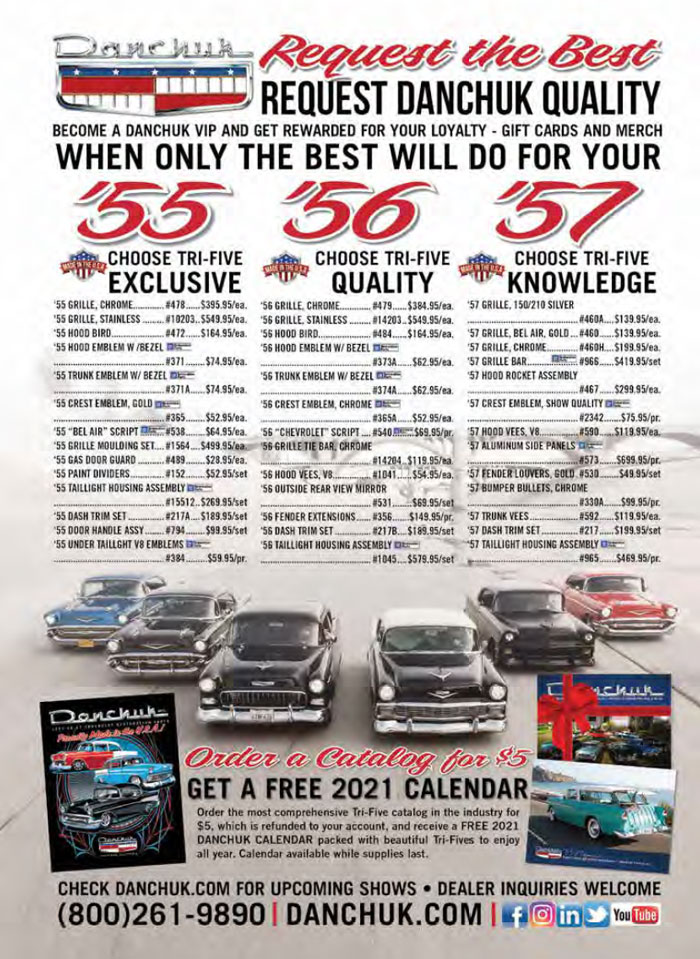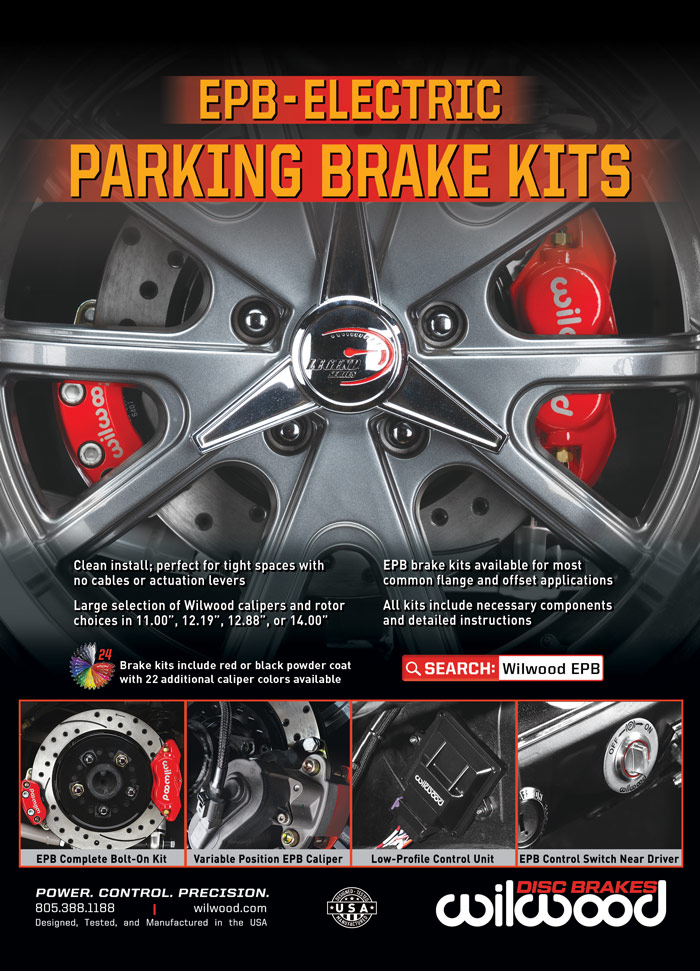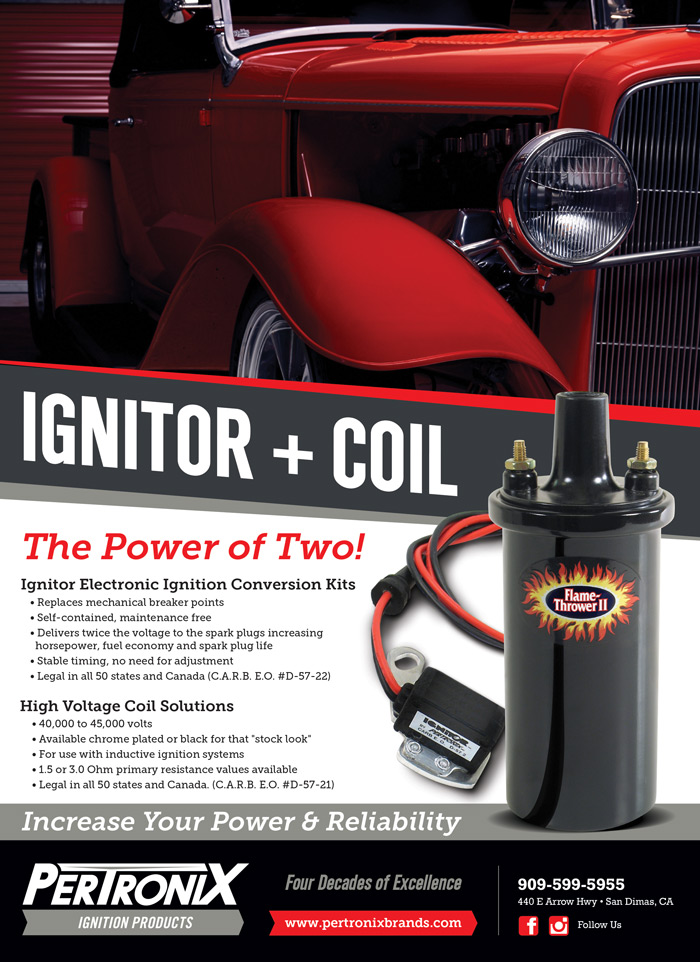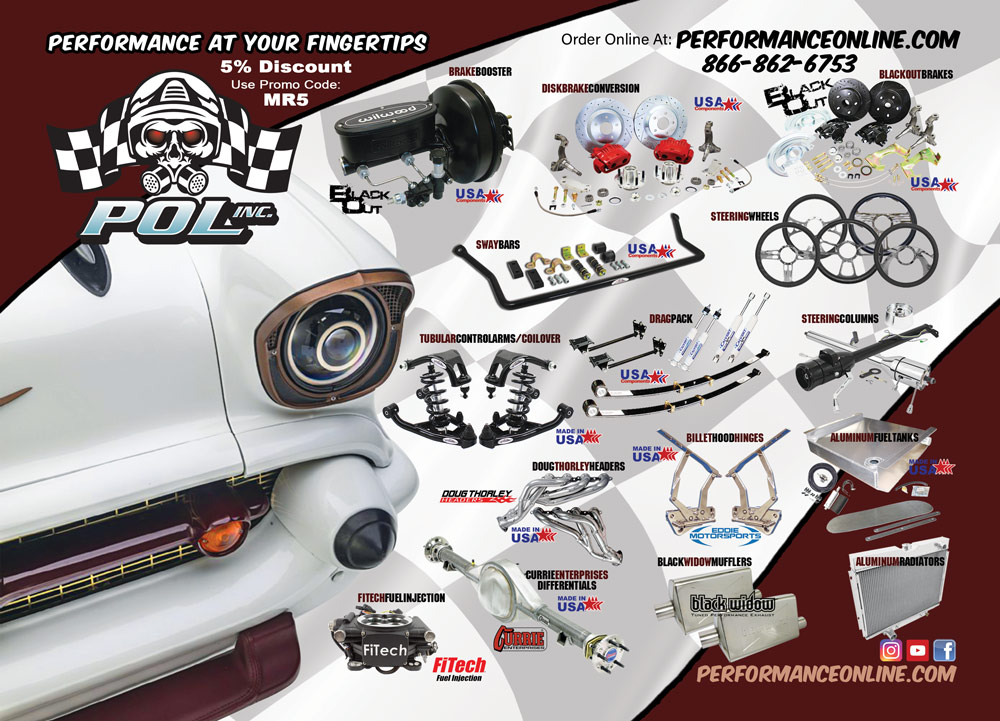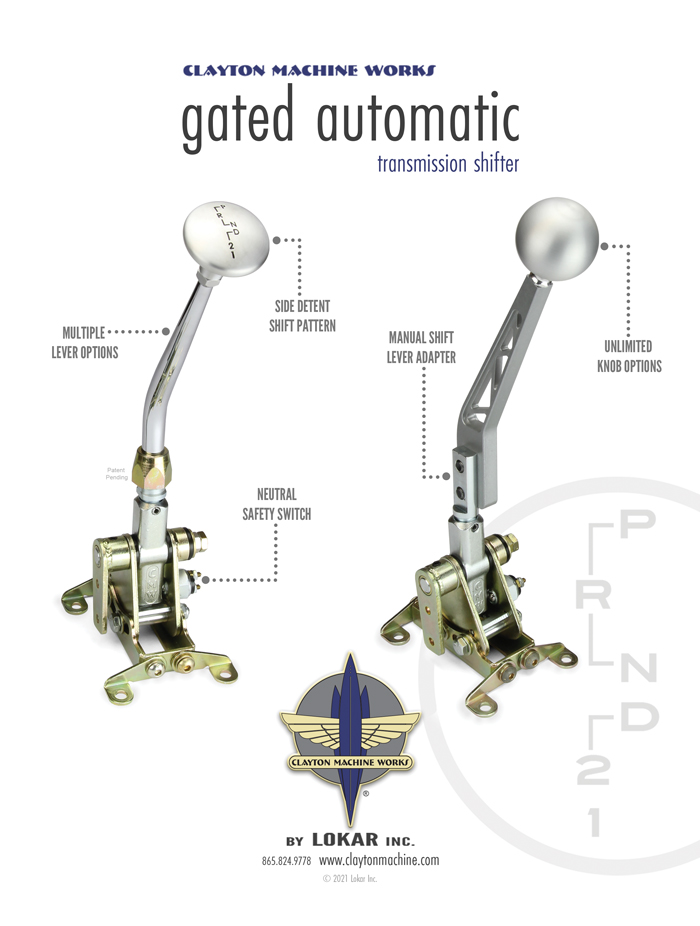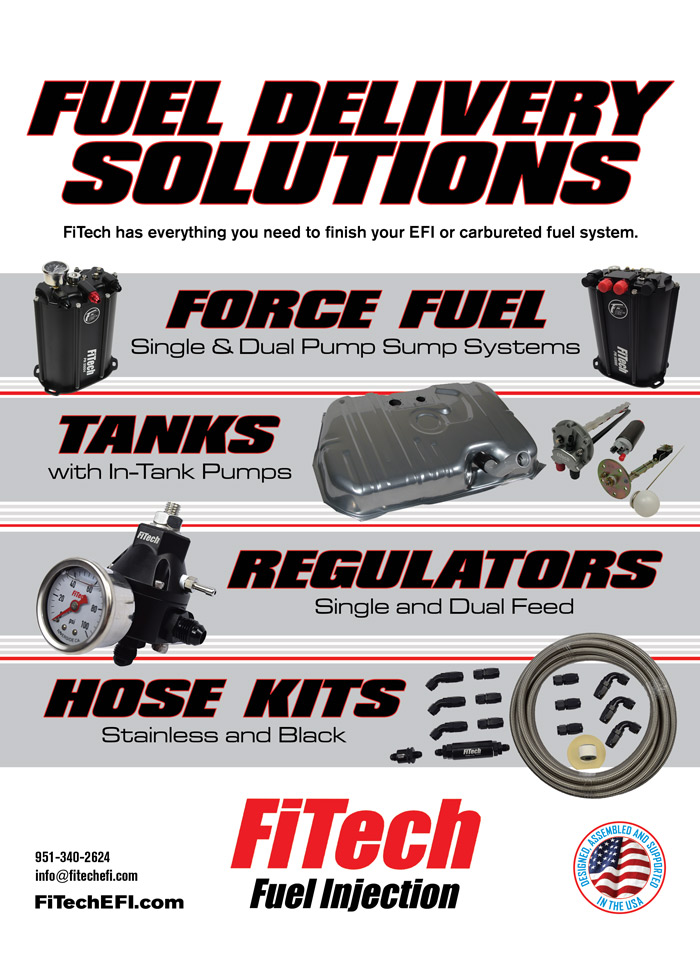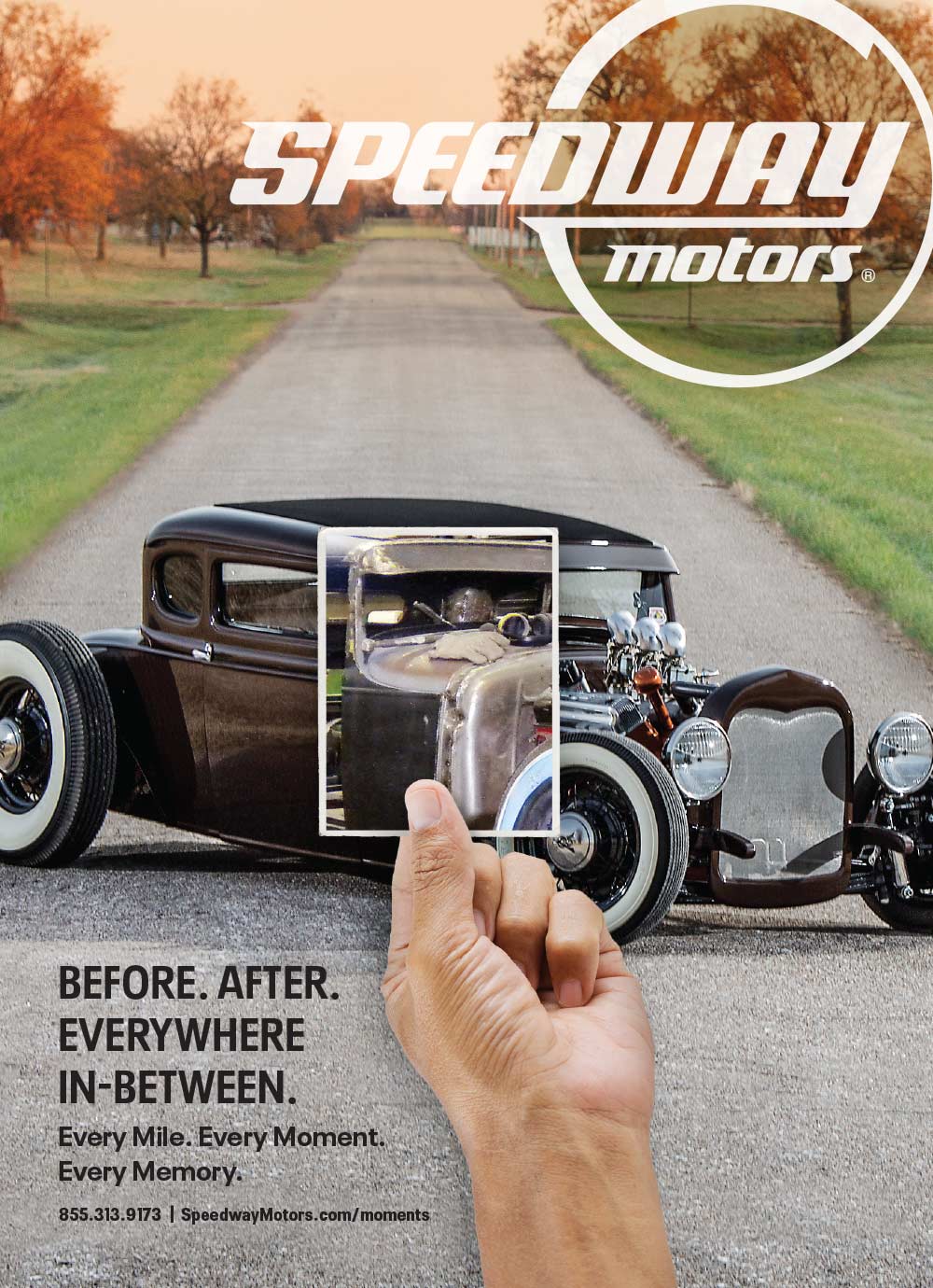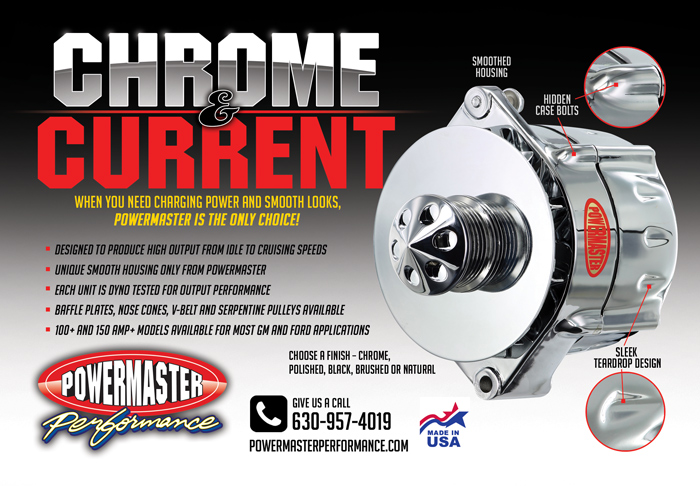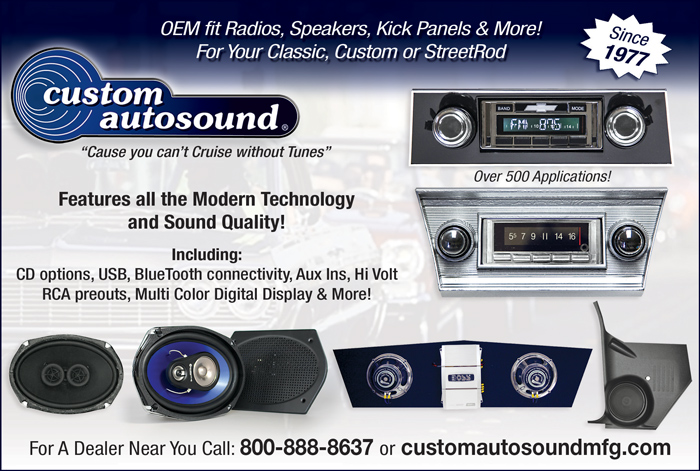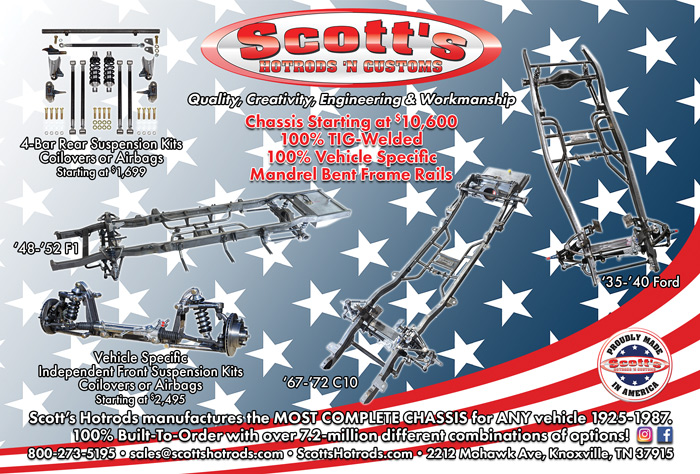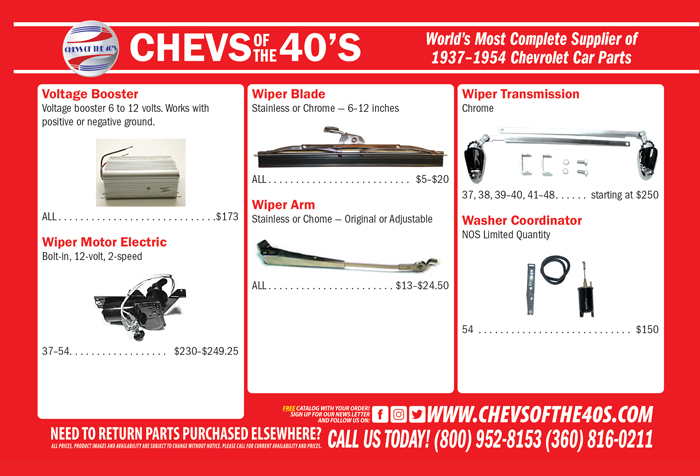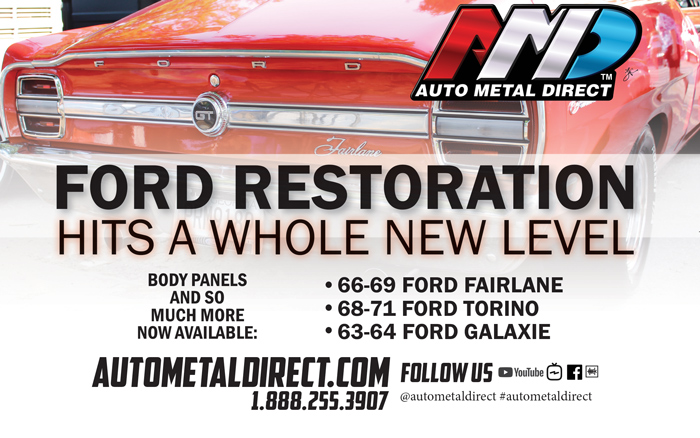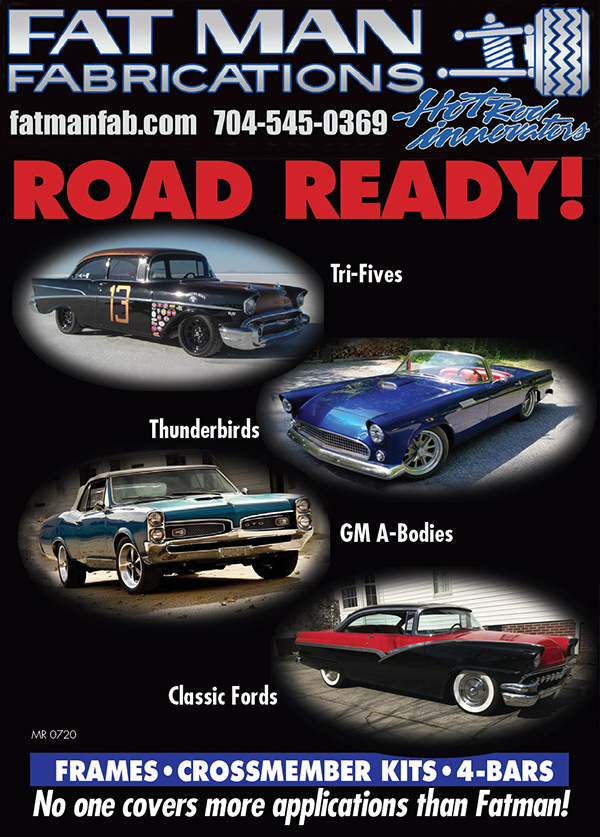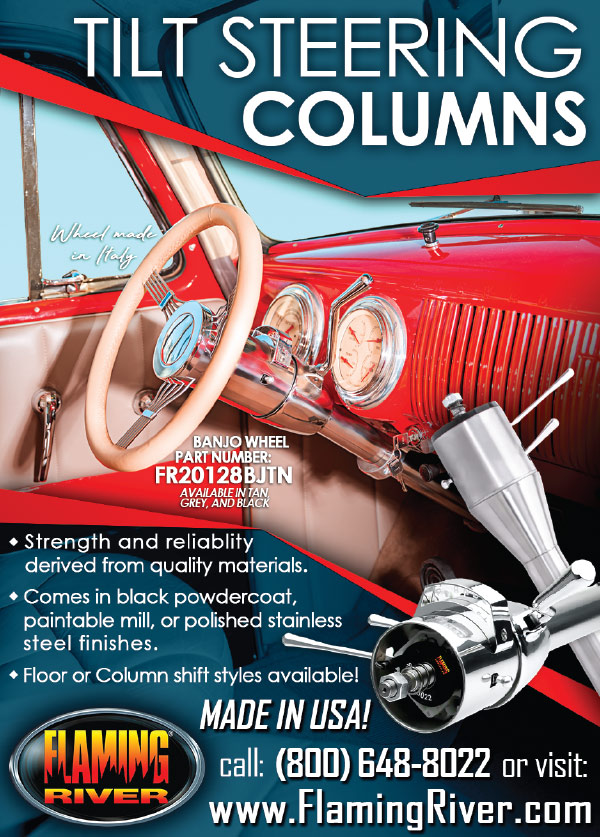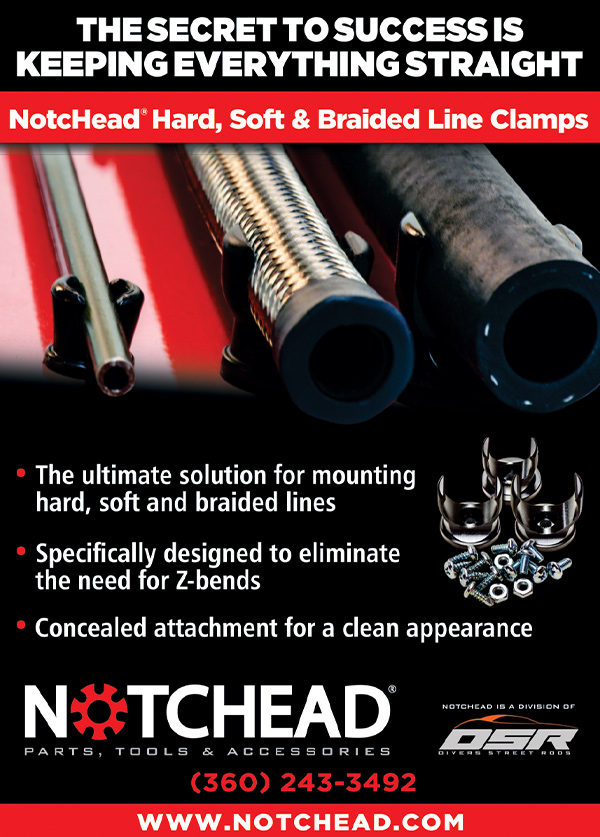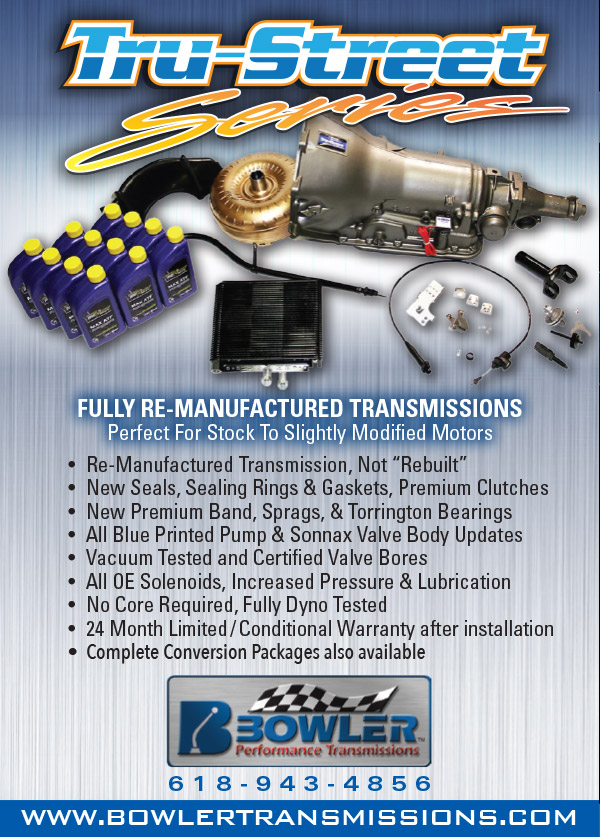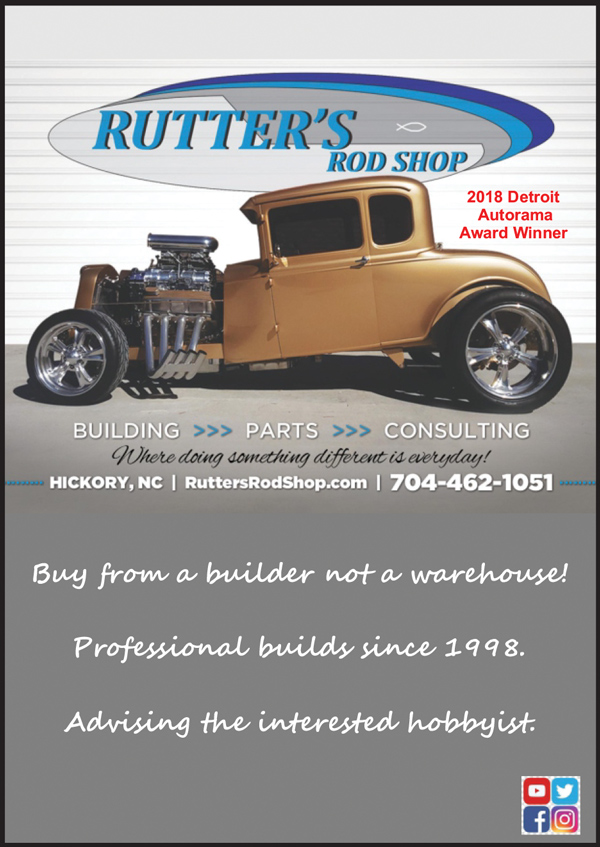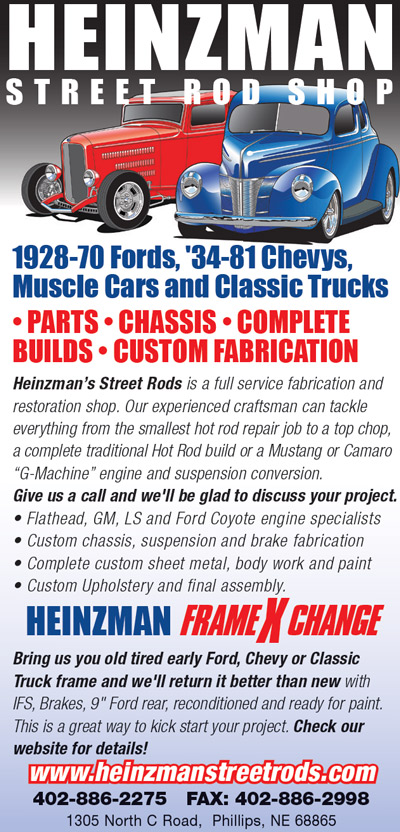Dave Simard’s Garage
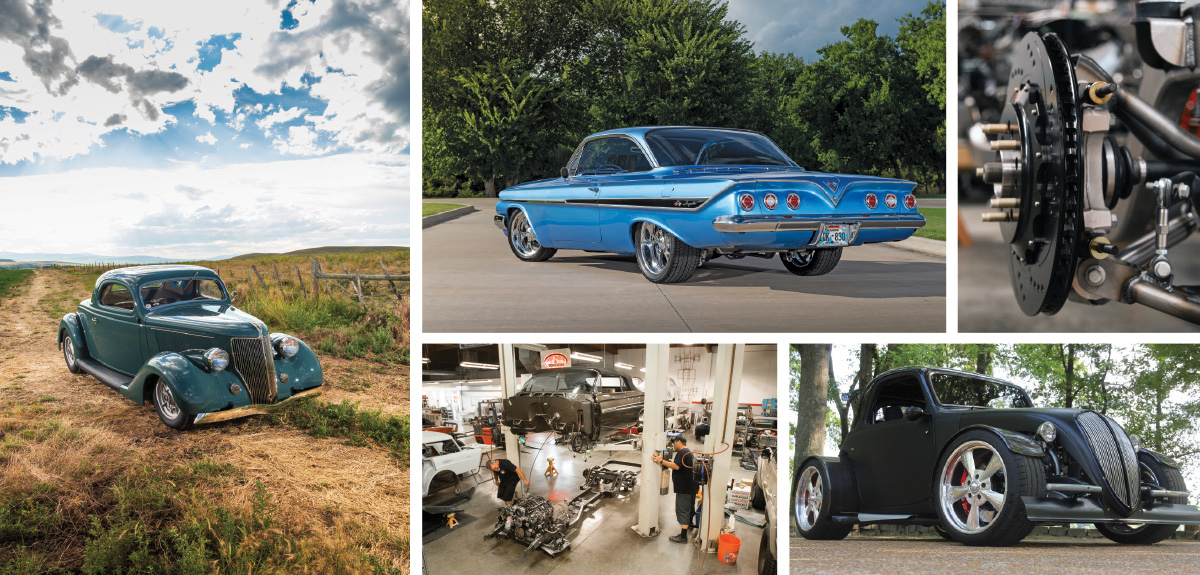

By Brian Brennan
Photography & Video by John Jackson
By Brian Brennan
Photography by John Jackson
By Brian Brennan
Photography by Grant Cox
By Brian Brennan
Photography by Michael Christensen
By Louis Kimery
Photography by the Author
By Ron Ceridono
Photography by the Author
By Brian Brennan
Photography & Video by the Author
By Brian Brennan
Photography by Tim Sutton
By Brian Brennan
Photography by Tim Sutton, Video by the Author
By Gerry Burger
Photography by the Author
By Chuck Vranas
Photography & Video by the Author

BRIAN BRENNAN
bbrennan@inthegaragemedia.com
ROB FORTIER
rfortier@inthegaragemedia.com
NICK LICATA
nlicata@inthegaragemedia.com
TIM FOSS
tfoss@inthegaragemedia.com
YASMIN FAJATIN
yfajatin@inthegaragemedia.com
ROB MUNOZ
Sarah Gonzales – Copy Editor
Rodney Bauman, Tommy Lee Byrd, Ron Ceridono, Michael Christensen, Ron Covell, Grant Cox, Dominic Damato, John Drummond, Eric Geisert, Joe Greeves, John Jackson, Barry Kluczyk, Scotty Lachenauer, Ryan Manson, Josh Mishler, Todd Ryden, Chris Shelton, Tim Sutton, Chuck Vranas – Writers and Photographers
Mark Dewey – National Sales Manager
Janeen Kirby – Sales Representative
Patrick Walsh – Sales Representative
Travis Weeks – Sales Representative
AllChevyPerformance.com
ClassicTruckPerformance.com
ModernRodding.com
InTheGarageMedia.com
subscriptions@inthegaragemedia.com
ads@inthegaragemedia.com
info@inthegaragemedia.com

The Modern Rodding trademark is a registered trademark of In The Garage Media.
1350 E. Chapman Ave. #6650, Fullerton, CA 92834-6550.

ll of us imagine how we want our garages to look. There are the precious few who have made the leap to the quintessential properly outfitted garage. To date we have even featured a few on the pages of Modern Rodding, like Dave Simard’s personal garage. It’s everything any hot rodder would want. It contains finished rods, project rods, parts and pieces tucked away in the rafters, and more nailed to the wooden studs, ample laden dollies pushed under benches, and some goodies parked outside—and, tools everywhere of every type and description. (Some of which I have no idea what they’re about!) Yep, it’s a hot rodder’s garage. But alas, my garage doesn’t measure up.
Now, my garage as a normal track home garage goes isn’t bad. It will hold four hot rods, has a nice workbench area, shelving, and plenty of pegboard space. In fact, I have more square footage of 36-inch deep multi-level wooden shelves than I have square footage to actually park cars on! That’s saying something since the garage comes in at 1,000 square feet. (Yes, it was a bit of a challenge with the local building department but perseverance does pay off.) Shortly after completion I diligently spent hours painting the floors gunmetal gray only to then cover it with black and red checkerboard composite squares. I just hate it when I “out trick” myself and end up making more work with less results. Seems to be something I have mastered over the years and keep doing.
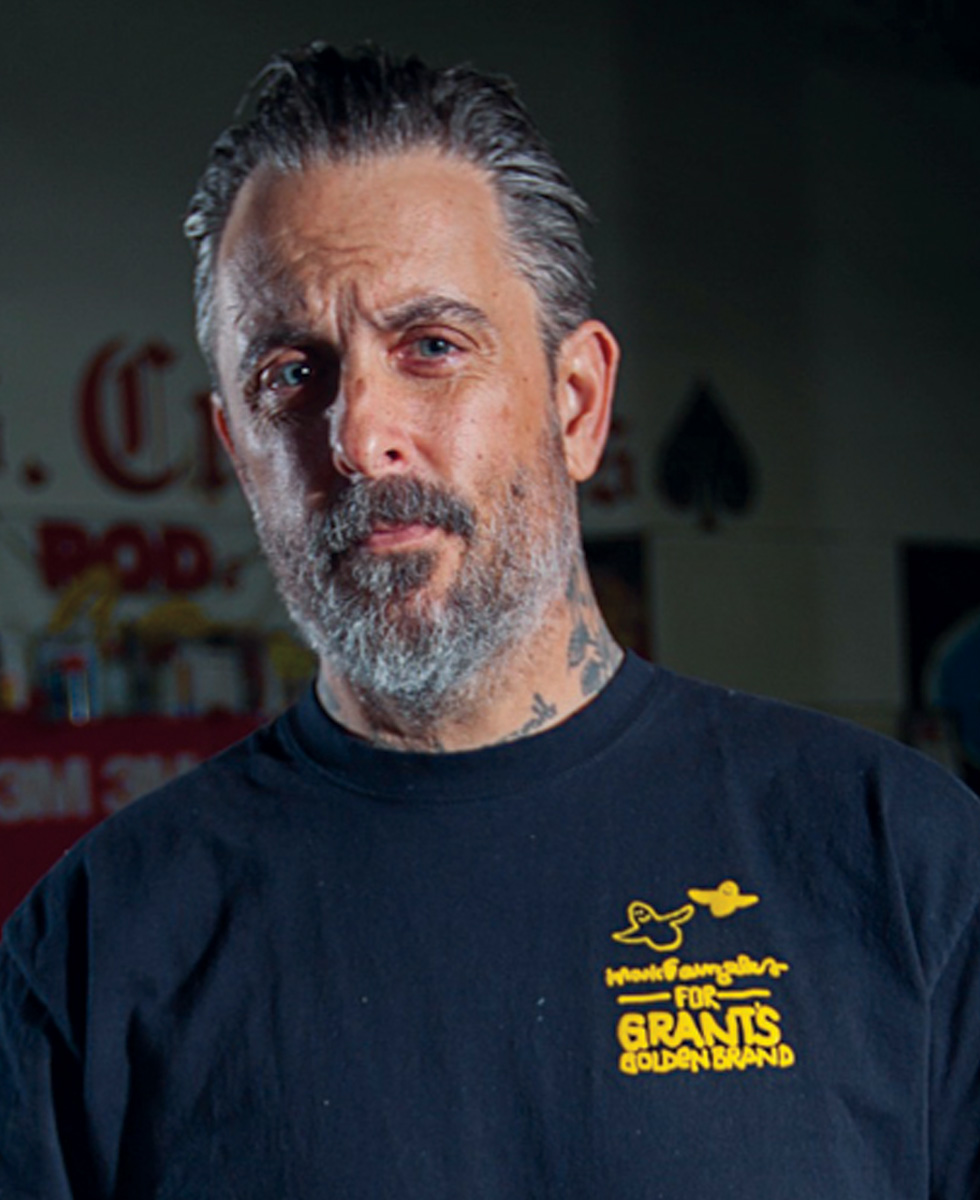
nlike the “olden” days when you looked at the date on a “fresh” magazine cover that read three months in advance (I won’t go into the logistics of that practice), when you glance at the exterior spine of the latest issues of Modern Rodding, Classic Truck Performance, and/or All Chevy Performance, it’ll say the same thing your calendar does (assuming your physical calendar is current!). There’s no timeline tomfoolery here at In The Garage Media! Furthermore, beginning with this very issue you’re holding in your hands—be it paper or via your smartphone/tablet/computer—you can expect to get your fix on a monthly basis … with all three brands!
Speaking of brands, that brings me to this month’s update on the sister publication that I’m responsible for producing month in, month out: Classic Truck Performance. Our fifth effort to date marks the first for 2021, the first monthly, and just two issues shy of our one-year anniversary (hard to imagine, isn’t it?!). And we’re kicking off the new year with another amazing cover feature from our ground-floor team member Tim Sutton: Dan Williams’ 1969 GMC under construction at South City Rod & Custom (SCR&C) in the Bay Area of California. For those of you with any amount of grease under your nails, you’ll definitely recognize the name of SCR&C’s owner/operator, Bill Ganahl, the son of longtime hot rodding journalist Pat Ganahl. As you will see by the accompanying feature on the Williams’ Jimmy, the fuel runs thick in the Ganahl bloodline!
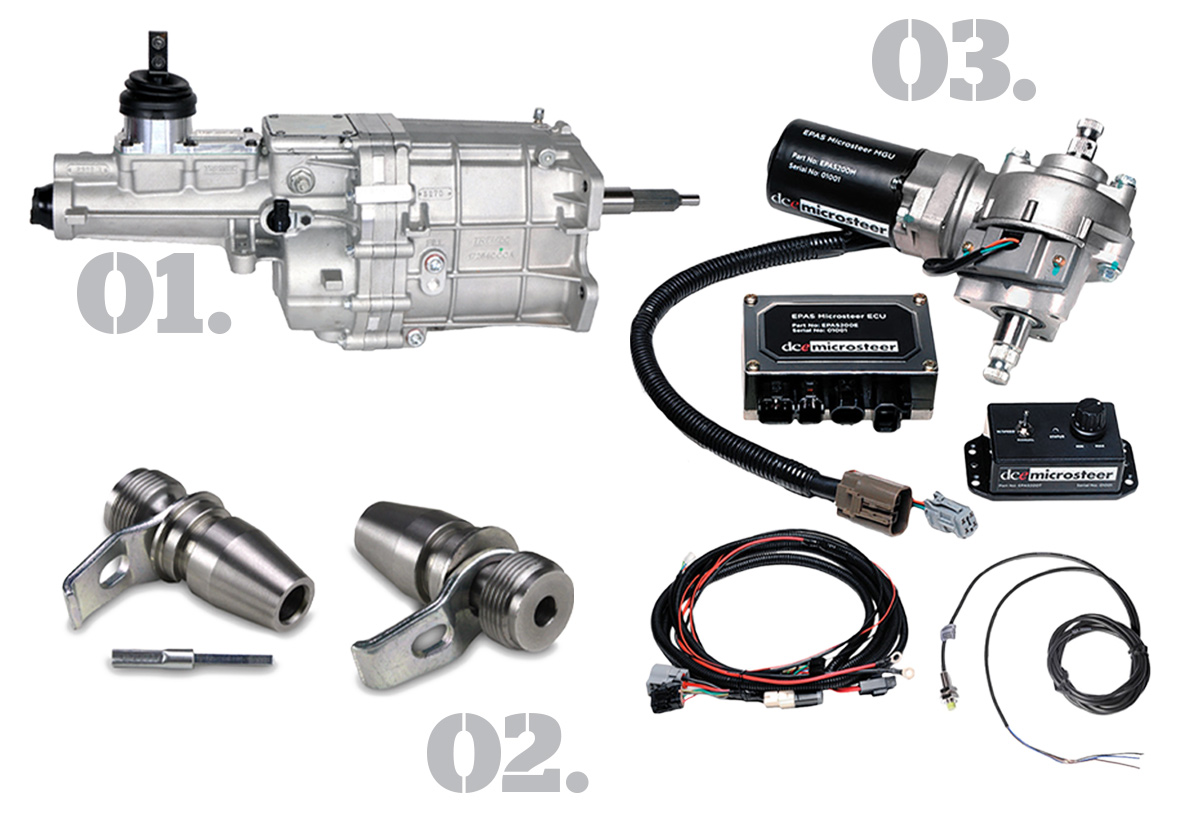

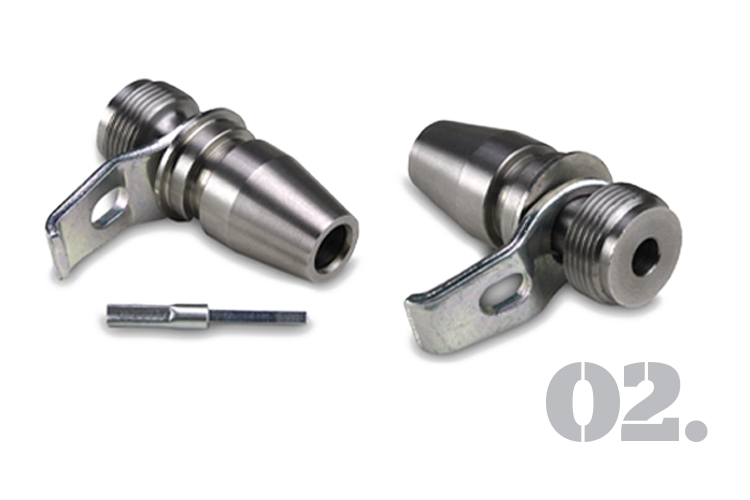
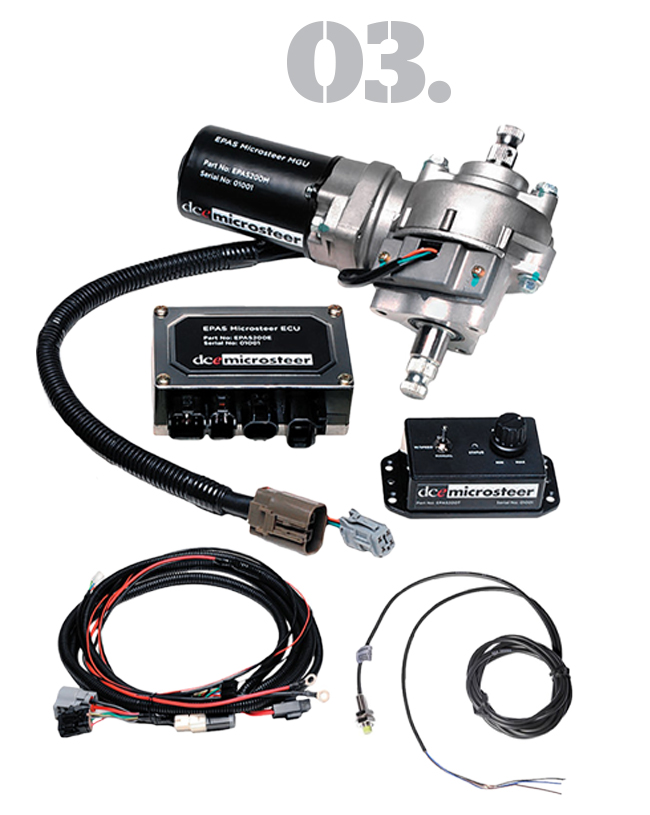
TREMEC TKX
The TKX retains the ability to bolt onto many of the GM and Ford four-speed bellhousings, it still allows for custom shifter locations, and retains the ability to drive both mechanical and electronic speedos.
There is a 3.27 and a 2.87 available First gear ratio along with Fifth gear overdrive in 0.68, 0.72, or 0.81, while Fourth gear is 1 to 1. Couple this gearing with the ability to shift at high-rpm of 7,500 and a 600 lb-ft torque capacity and you have a highly desirable street and ’strip transmission.
For more info, check out Bowler Performance Transmissions by calling (618) 943-4856 or visit www.bowlertransmissions.com.
Strong Pulse
For more info, check out Classic Instruments by calling (844) 342-8437 or visit
www.classicinstruments.com.
SEMA Award Winner
The unique Microsteer Tuning Box allows you to adjust the amount of assist by using a rotary potentiometer or you can make the system speed sensitive by connecting the wheel speed signal sensor to the Tuning Box for automatic sensitivity adjustment. A mode selection switch on the Tuning Box allows you to choose your preferred method, manual or wheel speed.
If your current application does not have a speed sensor already on the vehicle, Flaming River includes the FR40200S Microsteer Speed Sensor for automatic steering sensitivity control.
For more info, check out Flaming River by calling (800) 648-8022 or visit
www.flamingriver.com.

ou will hear this often, “It’s all about the backstory.” There are plenty of great-looking hot rods, and if you look a little bit deeper there are some great stories, all of which make up our dreams. Oftentimes making these dreams come true takes lots of time, effort, friends, and luck. Such is the case with Dean Livermore, owner of Hot Rods by Dean (HRBD) in Phoenix, and his 1955 Chevy gasser that represents one of his lifelong dreams.
What makes this story so much fun is that I (yes, ol’ Editor Brennan) was along from the beginning. Some of the touch points you will read may be hard to believe but I can tell you it’s all true, every last nut and bolt.

ou will hear this often, “It’s all about the backstory.” There are plenty of great-looking hot rods, and if you look a little bit deeper there are some great stories, all of which make up our dreams. Oftentimes making these dreams come true takes lots of time, effort, friends, and luck. Such is the case with Dean Livermore, owner of Hot Rods by Dean (HRBD) in Phoenix, and his 1955 Chevy gasser that represents one of his lifelong dreams.
What makes this story so much fun is that I (yes, ol’ Editor Brennan) was along from the beginning. Some of the touch points you will read may be hard to believe but I can tell you it’s all true, every last nut and bolt.
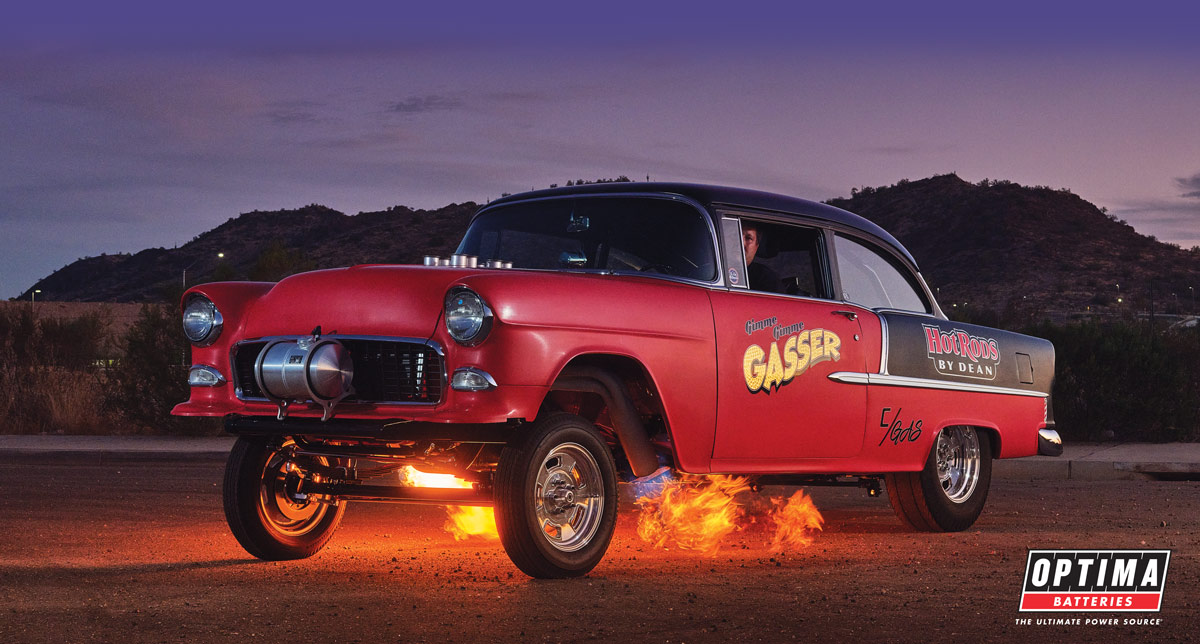
Let us begin. Near the shop is our favorite lunch hangout named the Times Square Italian Restaurant. It’s one of those places you visit so often your favorite parking spot is always open, the waitresses know your name, where you want to sit, and what you will be eating today. Think of it as Cheers for the nomadic hot rod journalist, as I spend a lot of time in Phoenix.
Dean would paint a verbal picture of the gasser. It had to have the “nose in the air” straight-axle look, fenderwell headers, a horsepower-pumping injected small-block Chevy, Muncie four-speed, skinnies ’n’ fats, front buckets, rear seat delete, a rollbar, a dash-mounted tach, and, of course, the obligatory Moon tank. But at the same time, how to come up with all of these parts? Over the years Dean has collected many parts and pieces that were “homeless” but could be assembled into a 1955 Chevy gasser. But where to come up with a nice 1955 Chevy that wasn’t “too nice” to be turned into a gasser?

 PHOTOgraphy BY THE AUTHOR
PHOTOgraphy BY THE AUTHORtrue renaissance man amongst hot rodders, Dave Simard of Leominster, Massachusetts, has pretty much seen and done it all over the past five decades. From uncovering some of our hobby’s most sought-after vintage race cars and historical hot rods to restoring them to newfound glory through his business, East Coast Custom, he’s even competed on the salt at Bonneville. We’re barely scratching the surface here, so let’s take a look back at how and where it all got started.
It’s a path that evolved through a fascination for early Fords, seeing that his dad was always working on them in the family driveway. By the time he was 12, he was given his very first car, an original-running 1931 Ford Tudor sedan. Not long after, surrounded by a stack of Popular Hot Rodding magazines, he decided to hop-up the car over the next few years by updating the driveline with a 283ci small-block Chevy linked to a four-speed and 1957 Chevy rear. When completed in 1969, he had a license in hand and it served as his daily driver for school. At the same time he was working at Wachusett Speed Shop showcasing the latest parts to local racers while also supporting the company every weekend at the drags where they fielded a 1957 Chevy and 1965 Nova. With plenty of inspiration surrounding him, he concentrated on honing his fabrication and metalworking skills as well as developing an engineering background.
In 1970 he joined the Boston Area Street Rods and began attending meetings and local rod runs. Soon after, in 1972, he hit the open road to the NSRA Nationals in Detroit, where he met Brian Brennan (yes, that Brian Brennan!) who shot the Model A for a feature in Rod Action magazine (he still owns the car today). From there Dave continued building hot rods at home, following with a 1929 Ford Model A roadster pickup serving as a platform for his first coast-to-coast run of 7,500 miles. Seeing endless highway miles with a 6-71 huffed small-block linked to a four-speed, it accrued well-over 100,000 miles and even earned a spot in a quarterly for Rod & Custom magazine. After finishing college with a degree in mechanical engineering, he took a job in the robotic design industry while also still deep into building hot rods.
One of the things that fascinated him on his first visit to California was how nicely preserved the cars there were—a far cry from the rusted-out hulks found back East. He started making calls and locating desirable models, including Corvettes and Chevelles for potential buyers. From there he’d fly into California and drive them back to Massachusetts to sell them for a profit. Not long after, he met his lovely wife, Lisa, and the pair became perfect partners in the sourcing, flying out, and driving back business. It wasn’t long till they realized that buying a pickup truck and trailer while in California was a way they could locate desirable early Ford parts and bring them back East for sale to local hot rodders. Remember now, this was in a time where you had to frequent swap meets, check classifieds in the local newspaper, and even knock on doors to find neat stuff. By the time 1984 arrived, Dave decided to follow his passion for hot rod fabrication, opening East Coast Custom while also maintaining his numerous coast-to-coast runs.
 Photography By THE AUTHOR
Photography By THE AUTHOR
t one time the demands on an automobile’s electrical system were simple—the engine’s ignition and starting circuits, rudimentary lighting, maybe a heater, and that was about it. But how things have changed. Today the electrical equipment on cars often includes a long list of electron-gobbling devices, such as high-intensity lighting, climate-control systems, engine-cooling fans, fuel pumps, power windows and seats, air suspension compressors, elaborate stereo systems, and more—and we’re not just talking about cars on showroom floors but many contemporary hot rods, too.
In simple terms, electricity is the flow of electrons from one atom to another through a conductor. A conductor is something electricity can pass through while an insulator is something electricity can’t pass through.

t’s been uttered over and over that discovering the “how and why” someone builds their hot rod is oftentimes more interesting than the car itself. Here we have both—a great car and a great story. If there’s one thing that we all have in common it’s the miles we travel and the time we invest in finding the right project. In the end we should be so lucky to drive our “end result” as many miles as we traveled in our quest. And that brings us to this all-steel 1936 Ford three-window coupe.

t’s been uttered over and over that discovering the “how and why” someone builds their hot rod is oftentimes more interesting than the car itself. Here we have both—a great car and a great story. If there’s one thing that we all have in common it’s the miles we travel and the time we invest in finding the right project. In the end we should be so lucky to drive our “end result” as many miles as we traveled in our quest. And that brings us to this all-steel 1936 Ford three-window coupe.
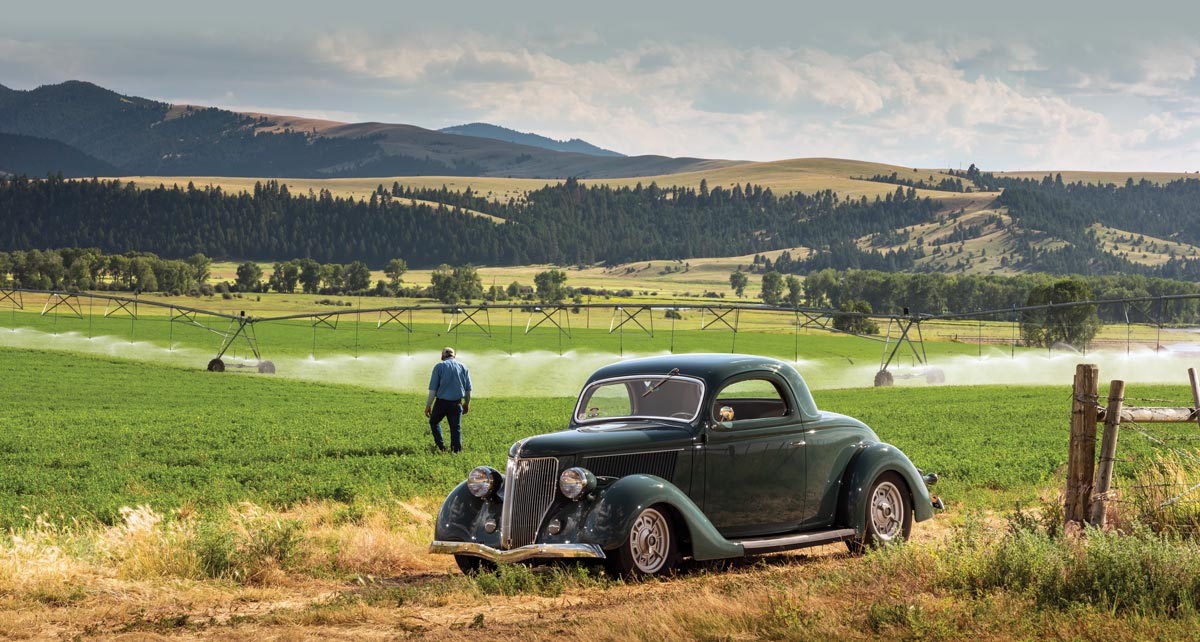
The search lasted about two years before Amie found the “right” car. He traveled from home to New Mexico then to Los Angeles and onto Sacramento where he located the perfect foundation for his new build. It’s the ol’ “friend of a friend” connection that brought him to the “correct” 1936 Ford coupe. As the story goes, the owner really didn’t want to part with the coupe but six months of perseverance finally netted Amie the decisive weekend of negotiating when a deal was made and the coupe was brought home.
It was at this point in the journey when Ben York, of Roseville Rod & Custom (RR&C) in Roseville, California, entered and he and Amie linked up. York and his staff used their substantial talents and blended a Roadster Shop chassis, an ARDUN Enterprises V-8, and a beautifully massaged 1936 Ford coupe with just the right amount of modifications to bring this hot rod to life.
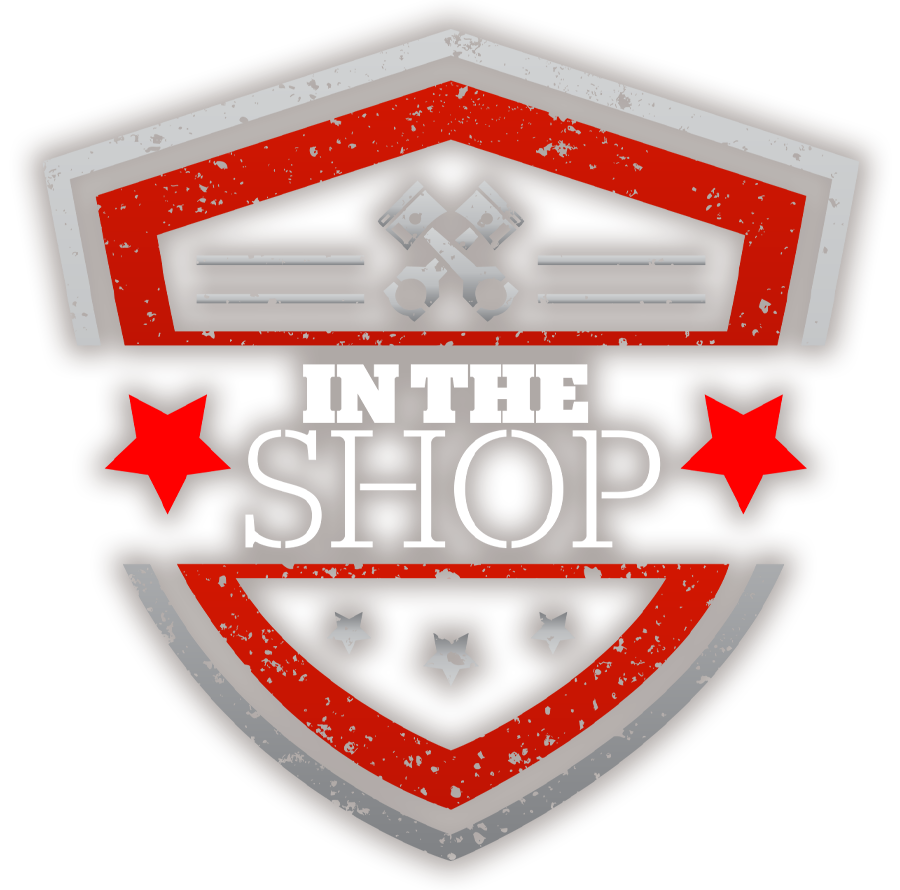
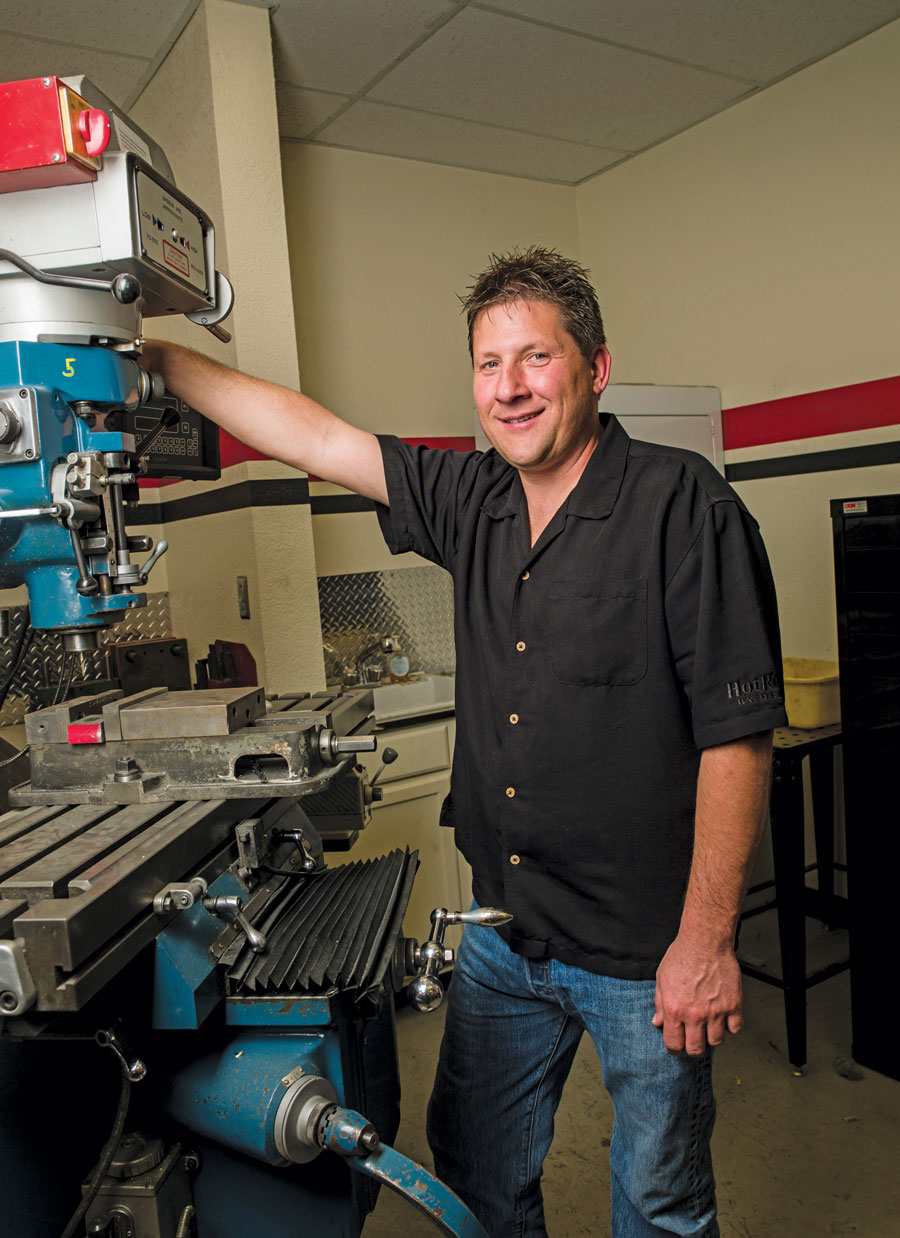
 Photography and video By The Author
Photography and video By The Authore it a Chevy, Ford, or Mopar, wagons are on the growing list of popular build material. The “Ford in a Ford” guys are really excited about a hot rod that more easily accepts a Coyote motor, making the wagon a good choice. On an earlier trip to Phoenix we stopped by to see Dean Livermore of Hot Rods by Dean (HRBD) to check in on various projects but specifically one we’ve had our eye on. It’s a 1956 Ford Ranch Wagon that’s getting the full build (chassis, modern powertrain, and loads of creature comforts) while maintaining its true mid-’50s appearance.
The East Coast owner found the car in Long Island, New York, where it was originally purchased and coincidentally it was in the same hometown where Livermore was born. This makes for an unusual connection between the car, the owner, and Livermore, making for a serendipitous occurrence. We mentioned earlier that the wagon was to get the “full build” and that includes the Art Morrison Enterprises (AME) chassis, a Roush supercharged Ford Coyote, TREMEC TKO six-speed, and a Strange-outfitted Ford 9-inch rearend with the AME triangulated four-bar.
All Fords received a “face-lift” for 1956 that generally enhanced the already-acknowledged clean lines of the 1955s. All Ranch Wagons were two-doors but the 1956 Ranch Wagon continued to be the most popular two-door wagon on the market, with numbers in excess of 105,000 sold. In 1956, the 292ci Thunderbird engine became the standard V-8 in all Ford wagons and Fairlane models, while late in the model year the Thunderbird Special 312ci V-8 became an option. The “Thunderbird V-8” front fender emblems signified a V-8 wagon, no matter the engine choice. The 1956 was also the first year of the 12V electrical system, earlier models were 6V.

t’s always an interesting story to find out why someone builds what they build. Does it remind them of their past? Is it so cool they just can’t pass it up? Or does it satisfy the urge, whatever that may be! There are as many great reasons to build a particular hot rod as there are hot rodders. Knowing this, we were ready to hear the backstory from Dave and Janice Barnett and their 1961 Chevy Impala.
Turns out back in the day—those high school days—Dave owned a 1961 Chevy Impala bubbletop, although we are guessing it was nowhere near as nice as his current ride! The bubbletop proved to bring him good luck, as he met his soon-to-be wife Janice while out cruisin’. Turns out Janice liked the Chevy but Dave not so much. (Oh well, he clearly wore her down as they recently celebrated 50 years of marriage.) Over the course of time while driving the 1961, Dave had the misfortune of colliding with a farmer driving his 1946 Chevy pickup. The bubbletop didn’t fair well and it was onto the “next project” for many years to come.
Time has a way of producing grandkids and it was at this moment that Janice mentioned to Dave that they needed something that could haul the grandkids around in. Opportunity only had to knock once and it was off to find a 1961 Chevy Impala bubbletop that would bring back the memories of the good ol’ days but also rock today’s modern amenities, making this 1961 a joy to drive.
to Drive

 Photography By Tim Sutton
Photography By Tim Sutton
e are going to wrap up where we left off last month on how the Art Morrison Enterprises (AME) GT Sport chassis fits beneath a 1959-1964 Chevy B-body. Our project continues while at Scott Bonowski’s Hot Rods & Hobbies (HR&H) shop located in Signal Hill, California. We will hit some of the high points but the reality is nothing replaces reading the full instruction booklet from AME … so don’t cheat!
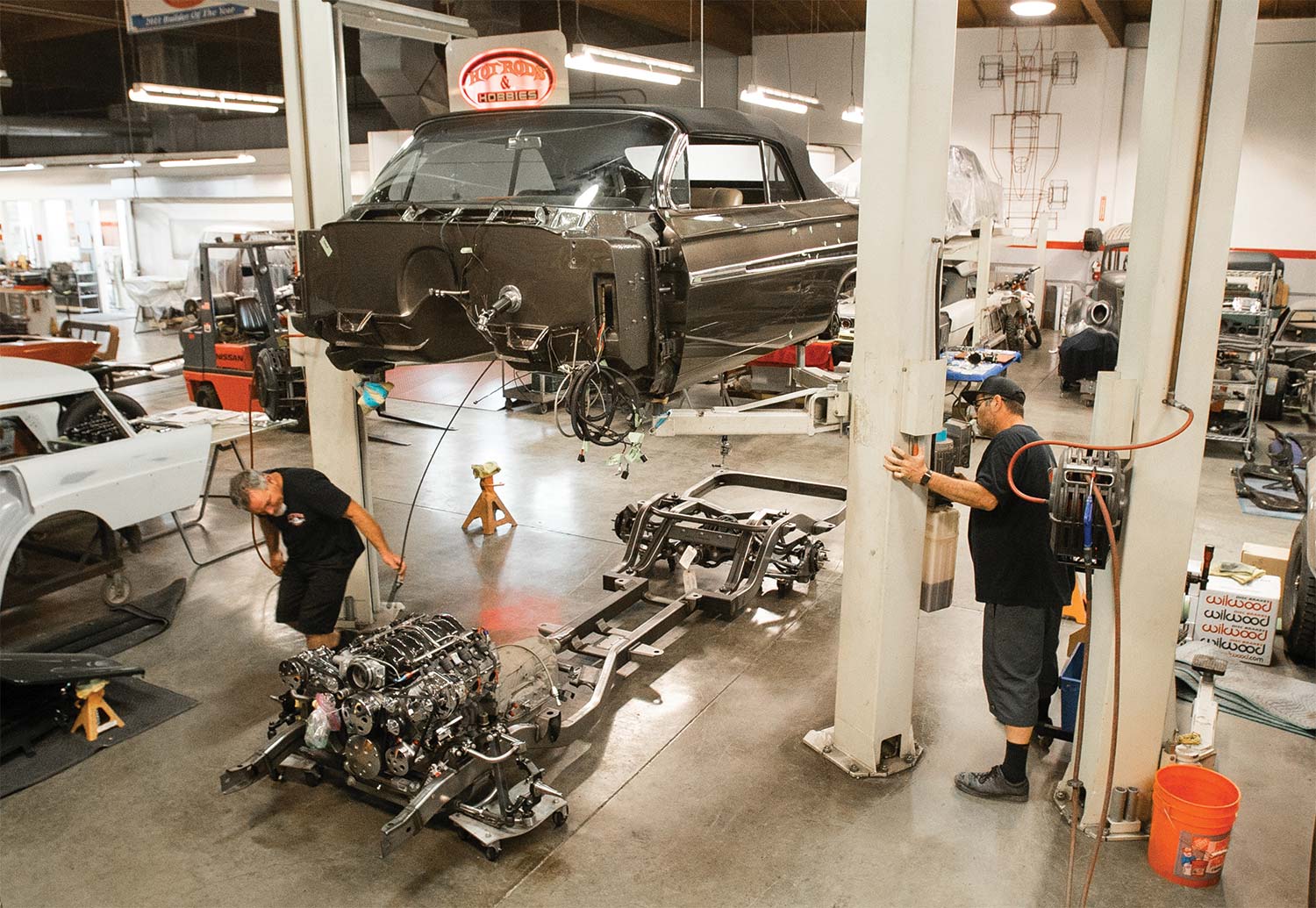
That brings us to why we drop old bodies onto new chassis. We have installed so many of the other amenities it just makes sense to tackle the one significant thing that will change the entire demeanor of an early car. It takes something old and makes it both compatible and on par in today’s modern world of performance.
We’ve progressed to lowering our 1961 Chevy Impala convertible onto the chassis to secure all of the body mount points and make what sheetmetal mods are required. In our world of hot rodding we have come to understand there’s both a need and a desire to have a modern chassis under our many decades-old rides.
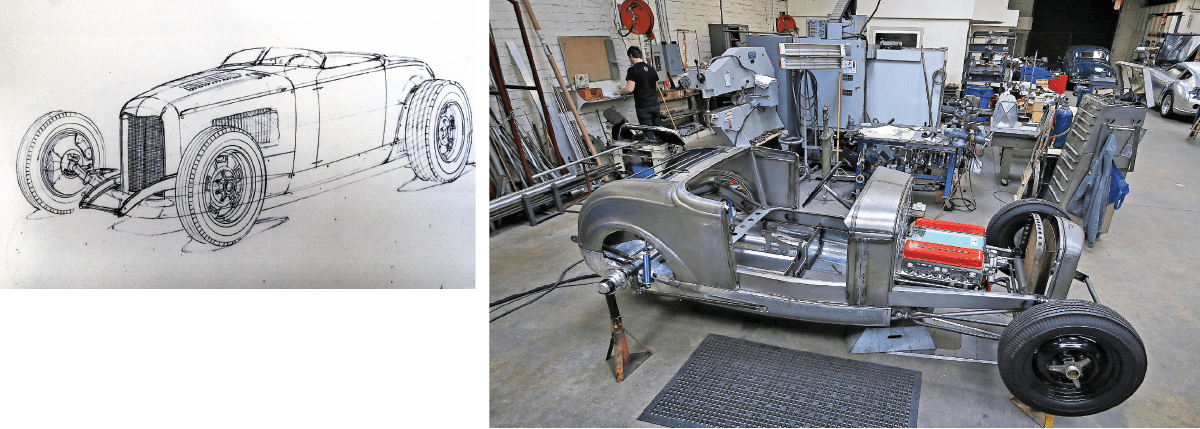

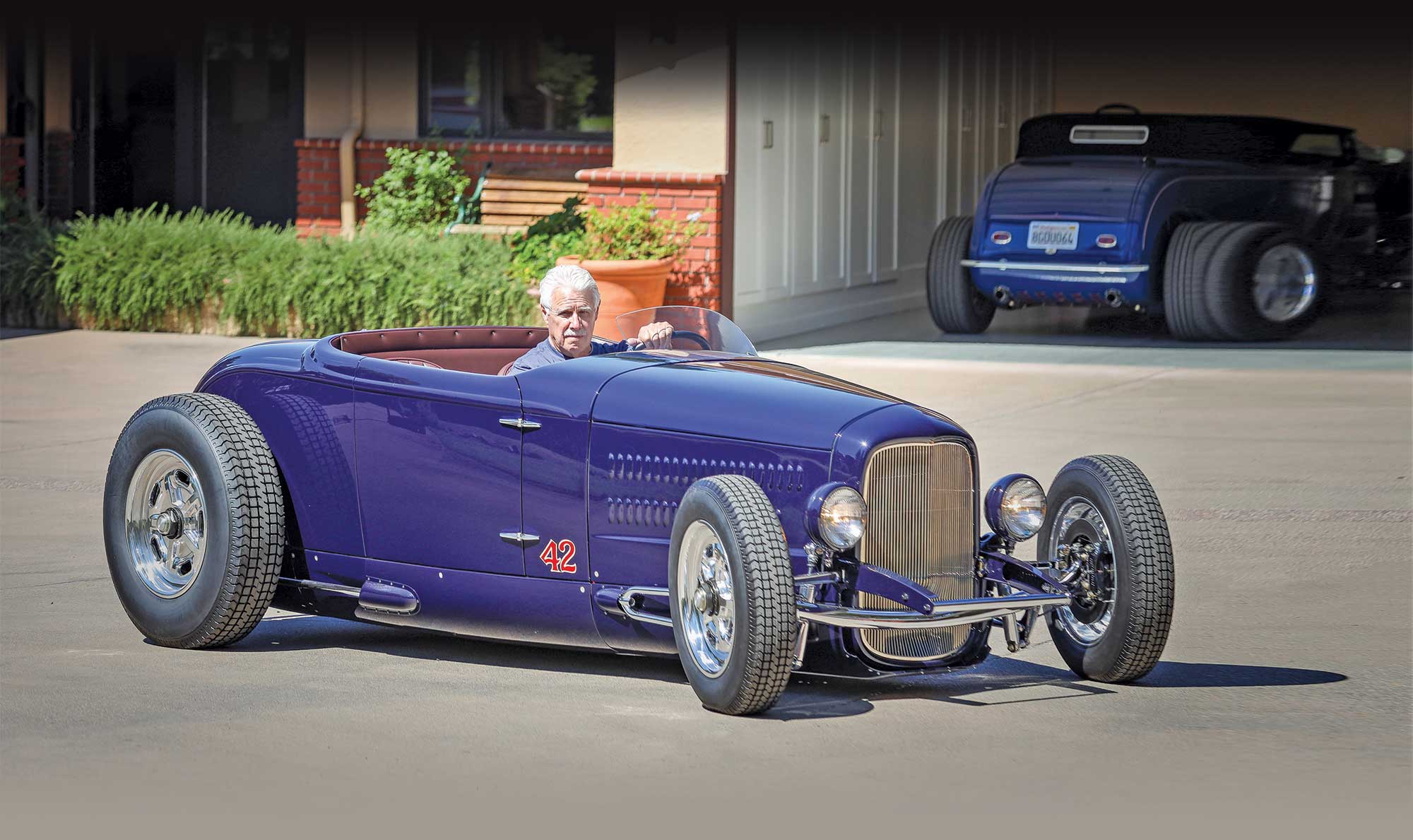

ust about the time you think there’s nothing left to do, tastefully, to a 1932 Ford roadster you see something that makes you rethink your thoughts. Such is the case with Bill Grimsley’s (Sausalito, California) Deuce channeled roadster masterfully constructed by two longtime friends and accomplished hot rodders Jackie Howerton (Tulsa, Oklahoma) and Steve Moal of Moal Coachbuilders (MC in Oakland, California). Howerton and Moal are no strangers to building hot rods and being longtime friends; and both being friends of Bill a collaboration just made sense.
Bill, in working with Howerton and Moal and the artist Alberto Hernandez, developed the concept whereby the combined American hot rod theme (think Moal) and the race car appeal (think Howerton) was brought to fruition. As mentioned earlier, the build was a collaboration with Howerton handling the design, chassis, suspension, and body support structure fabrication. All of this work was done at his shop in Oklahoma. While this was happening Moal and the staff at MC, comprised of sons David and Michael,and craftsmen Troy Morris, Shane Lindsay, and Robert Smith, worked their magic. MC was responsible for the body construction, final fabrication, machining, paint, assembly, and wiring. Thus the overall build completion was handled at the California shop.
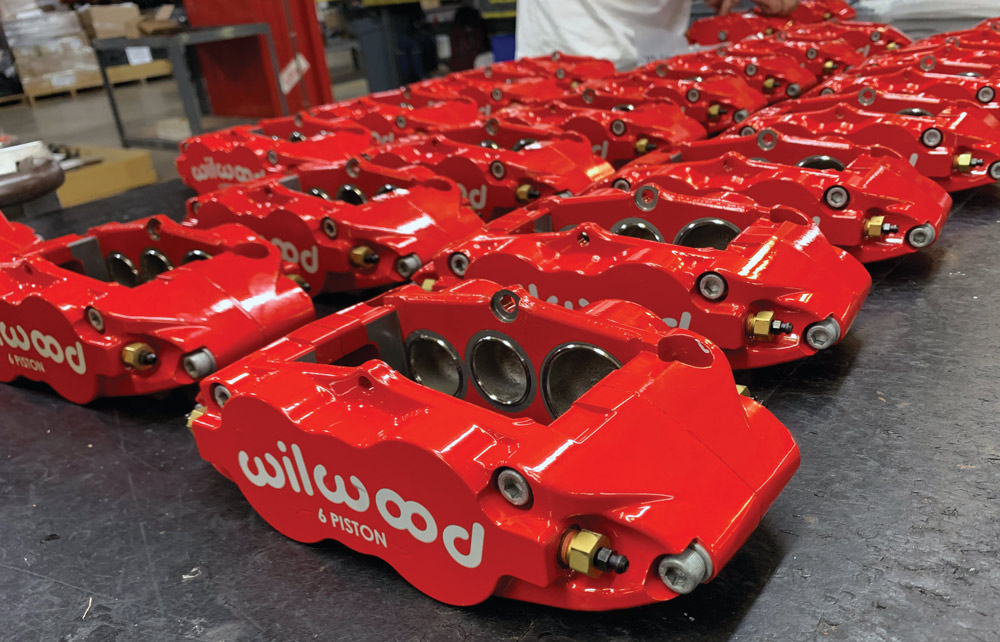
 Videography By THE AUTHOR
Videography By THE AUTHOR Photography By TIM SUTTON
Photography By TIM SUTTONhere’s an old expression that goes something like, “You should drive only as fast as you can stop.” There’s a great deal of truth in this saying. However, no matter the quality of the brake system it will only function as well as it matches its usage and its installation.
We are going to walk you through some brake basics and follow along with an installation of a Wilwood Engineering brake package, all the while passing along some brake-wisdom tidbits. Also, nothing replaces the detailed instructions that are provided by Wilwood Disc Brakes and are also available anytime online. Visible in the current photos are a front and a rear Wilwood kit. The Aerolite 6R front kit (PN 140-10641) used with a Wilwood ProSpindle 2-inch drop (PN 830-9807) and a 14-inch-diameter drilled/sotted/vented rotor. (There’s also a standard height spindle, PN 830-10832.) In back The Aerolite 4R rear kit (PN 140-11270) is used with the OE-style parking brake and the 14.25-inch-diameter drilled/slotted/vented rotor. A couple of additional items you will need to have aside from tools will be permanent thread sealer, such as Loctite 271 (red) and Wilwood Hi-Temp 570, DOT3 brake fluid.

t’s usually considered sound wisdom to not spend too much valuable time revisiting the past. While that’s probably good advice to be headed under most circumstances, there are exceptions. For instance, we hot rodders have a special way of looking in the rearview mirror that often creates something new from our fond memories of yesteryear.
A case in point would be John Callies’ latest project, a spiritual rehash of his well-known ’70s build of a vintage 1937 Simca coupe. During the “Me” decade, whenever John climbed behind the wheel of his Franco-American hot rod, most other cars broke out into a cold sweat. It seems the go-kart–like handling prowess and pure hot rod acceleration of the diminutive car could easily outshine most sports cars of the day. As a result, John acquired a feared reputation among the string-back gloved set wherever he went. On one occasion, an embarrassed MG club hosting a Southern California hill climb asked John to take his micro machine home after he made two blistering runs through the course. The Simca was also a 10-second, 130-mph drag car, making it a true all-purpose street rod.
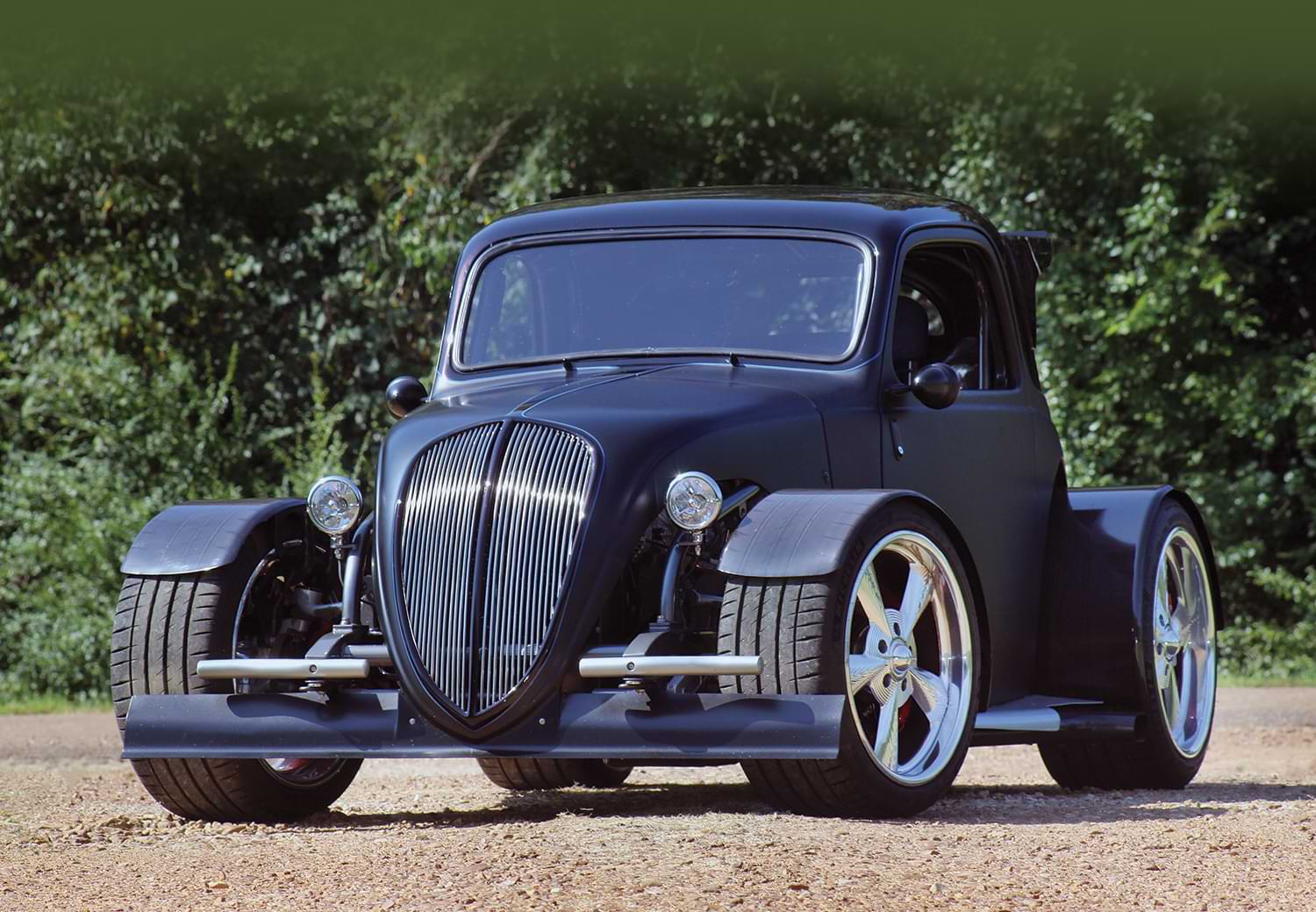
The secret sauce of the Simca’s devious deeds lay in its obvious light weight, and the ultrarare 303ci Pontiac V-8 engine that was originally conceived of for use in the Trans-Am racing series. There were all of 25 such low-deck engines made, all equipped with Pontiac’s infamous Ram Air V heads. John was a Pontiac engineer at the time, so he had a direct connection to the rare engine combination. Equipped with a quartet of Weber 48 IDA carbs, a dose of nitrous oxide, and some handmade porcelain headers, the motor became a powerful showpiece in the Simca’s tiny engine bay. The mill was mated to a Muncie M22 four-speed transmission, while a narrowed 1957 Oldsmobile rearend running 4.30 gears allowed some serious rubber to fit between the widened rear fenders. The coupe used the front suspension from a 1952 MG, and the gold leaf “303” lettered onto the coupe’s doors made the Simca instantly recognizable.
The Simca spent a few years making NSRA street rod events from Lodi, California, to Detroit, and all points in between, before arriving at the 1976 Tulsa Street Rod Nationals. At that event, the tiny hot rod collected First Place in the StreetKhana competition, and Third Place in the Street Sweeper contest, while simultaneously snagging the Best Engineered award in the owner-built category from the NSRA brass.

 Photography By THE AUTHOR
Photography By THE AUTHORet’s play a little catch-up. This project is based on building a very traditional hot rod in the form of a 1936 Ford phaeton. Underhood, a 59AB Flattie provides additional power thanks to Sharp heads, Sharp intake, and a pair of brand-new Stromberg 94 carbs. During our “top half rebuild” we found H&H Flatheads to be the perfect source for speed goodies and solid information.
Of course, with the engine dressed and more powerful that stock toploader tranny would never do, so after some research we ended up with a Speedway Motors Flathead to Chevy S-10 BorgWarner T5 adapter kit. Once again, the adapter, trans, and clutch fit like a glove and we were more than pleased to have five gears with that all-important Fifth highway gear spinning our John’s Industries 9-inch 4.11 gear mounted to the Heidts parallel leaf spring rear suspension. So that gives you a feel for the project, just good basic hot rod building. Now we are busy with the myriad details of making final connections and to that end we must connect the clutch linkage and change the shifter handle.
There were two problems with the shift handle. First, the stock handle looked like something you’d find in a cheap truck, mostly because it was found in a cheap truck. Second, we could not comfortably reach the shifter while seated in the car. As it turns out Lokar has a very simple solution with a variety of cool shifter handles. They also make a simple adapter that replaces the shifter shaft protruding from the top of most S-10 T5 transmissions. I say most because, as usual, I have a story to tell—more on that later. The Lokar shifter boot will also provide the needed detail on the transmission tunnel, and while we were shopping the Lokar section we simply couldn’t resist a pair of pretty pedal pads and a dimmer switch cover.
View Index
View Index
